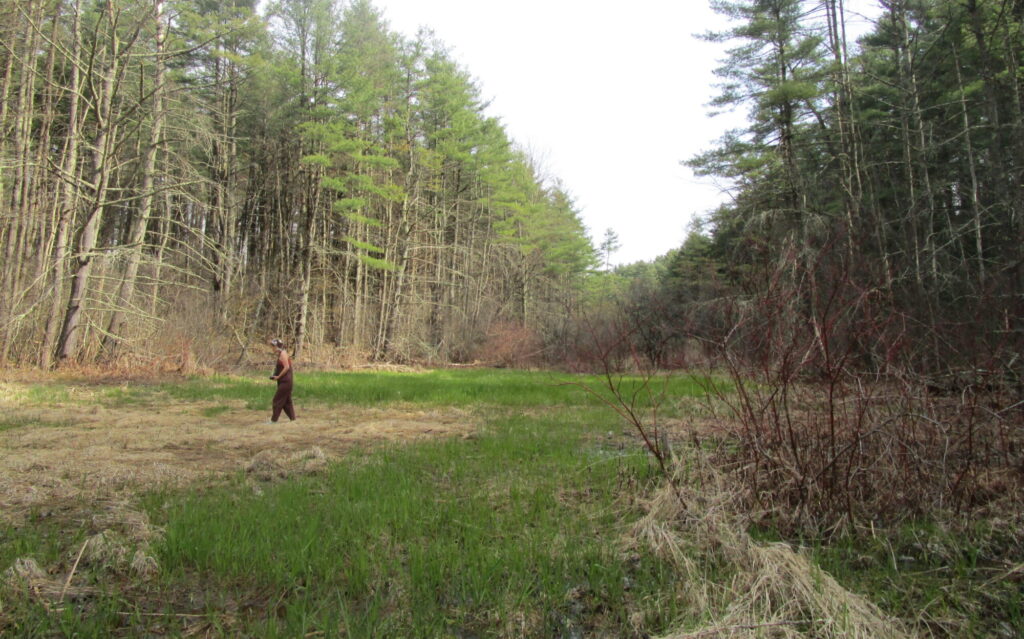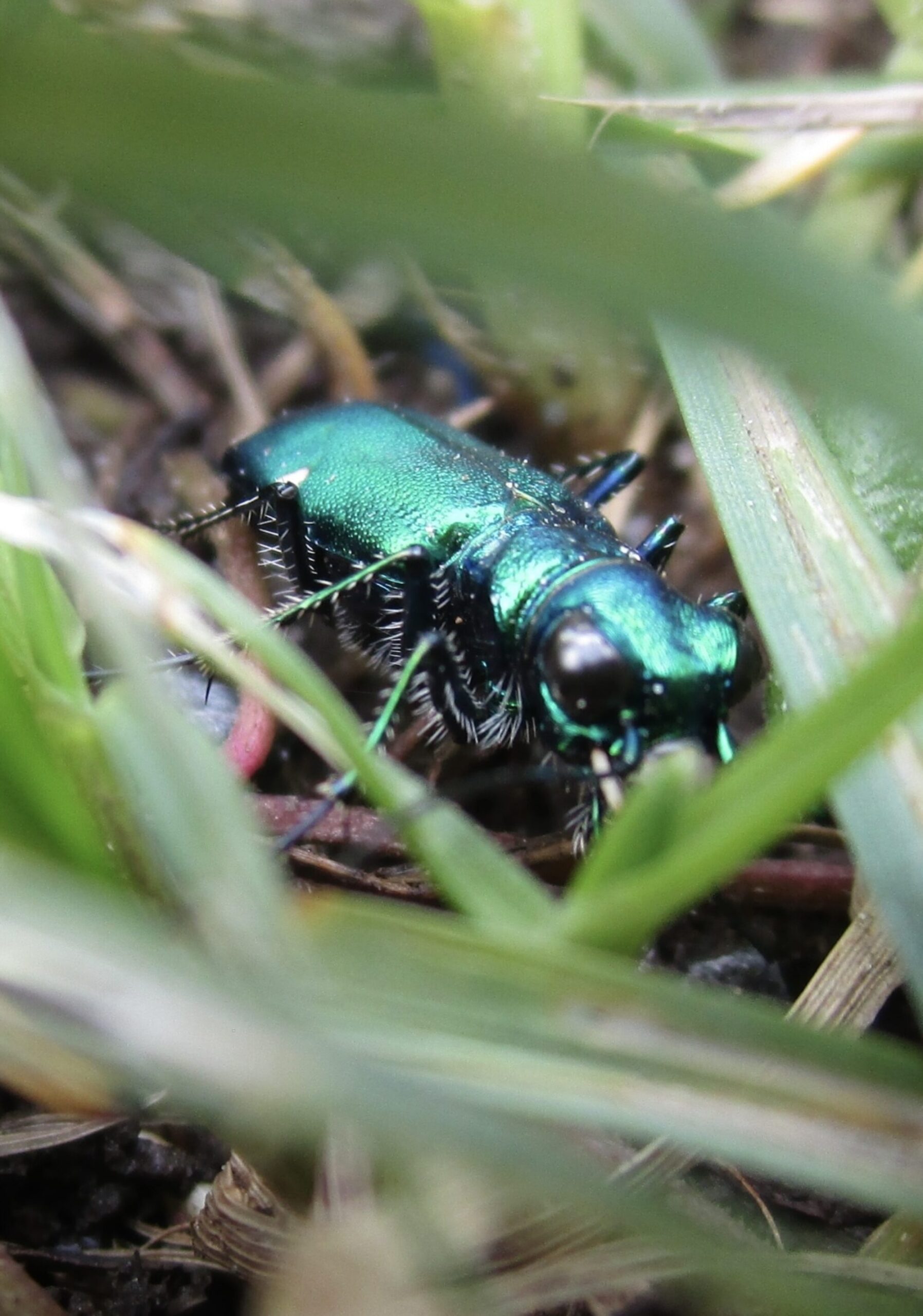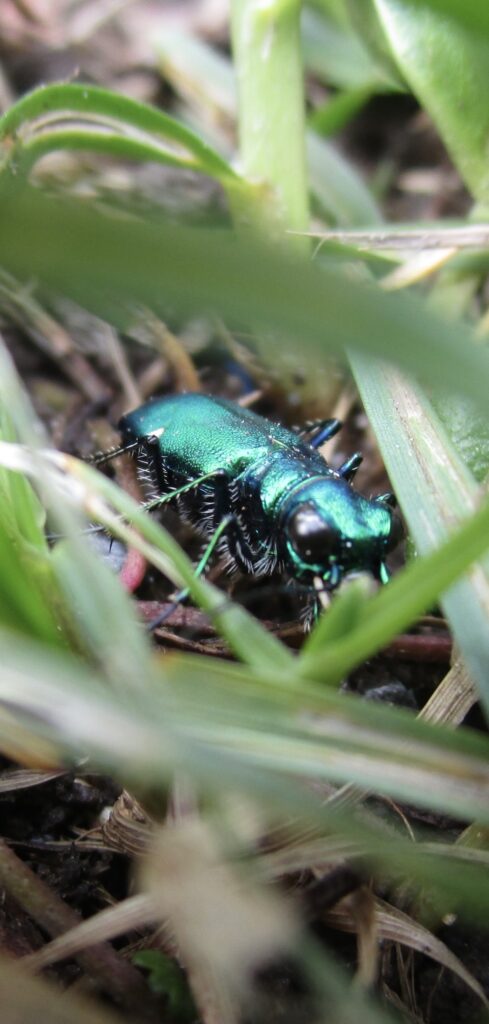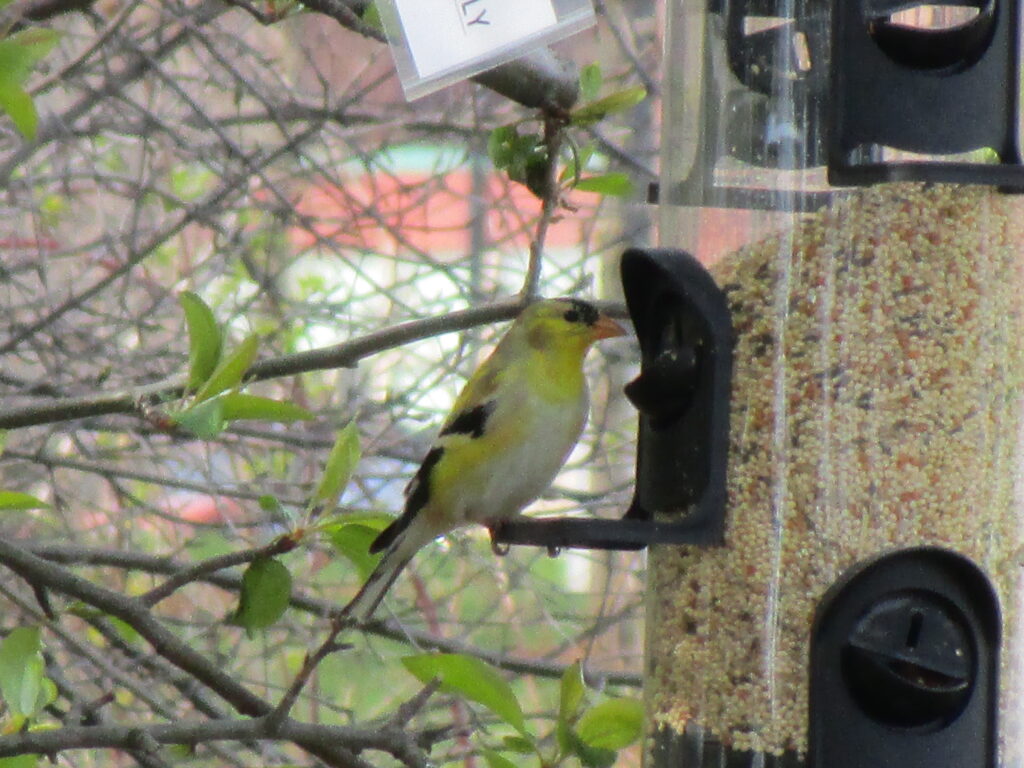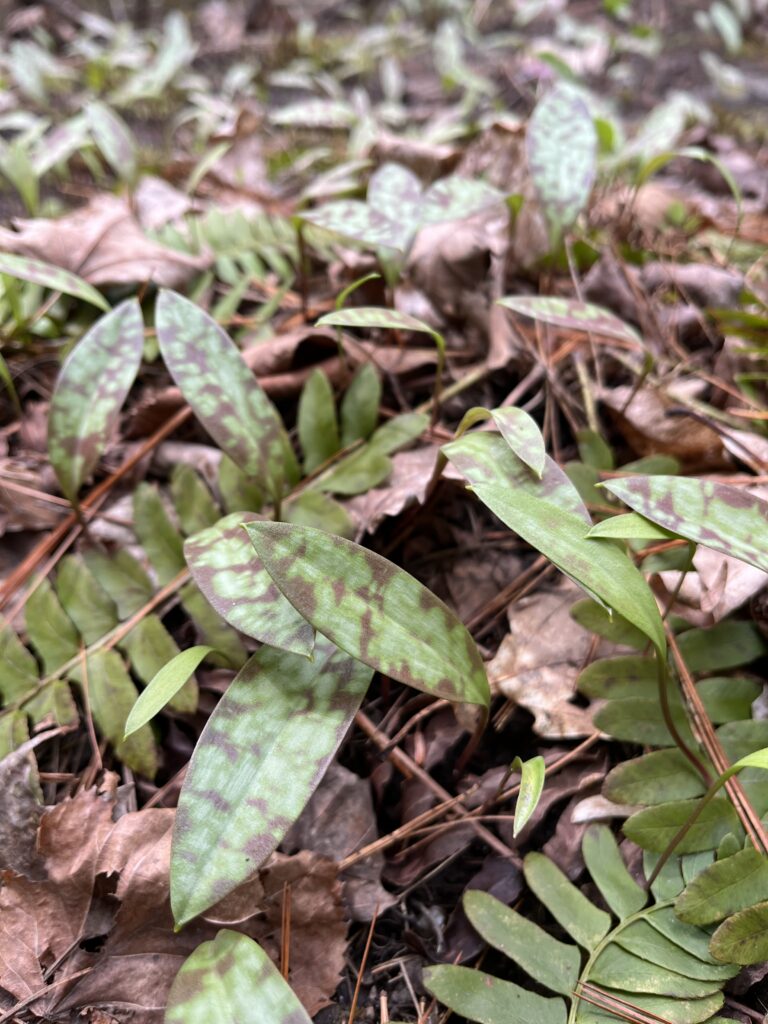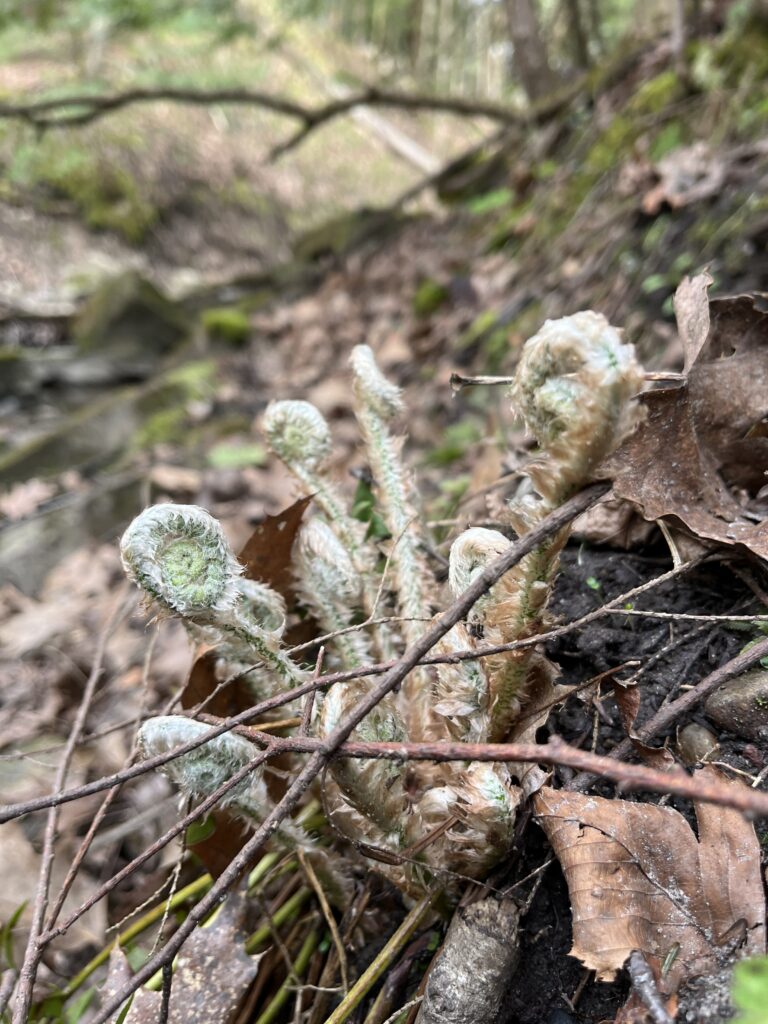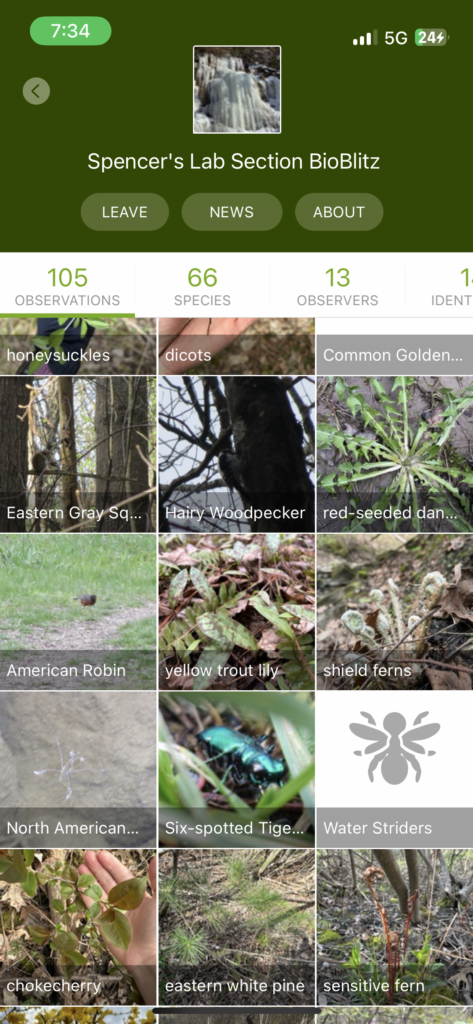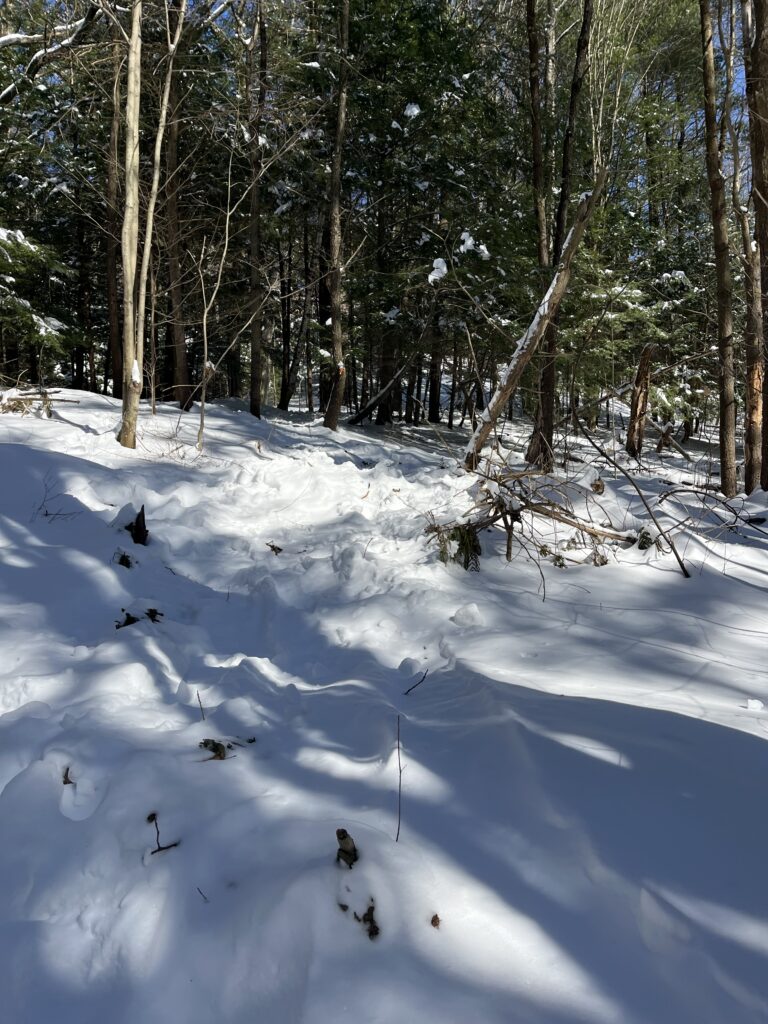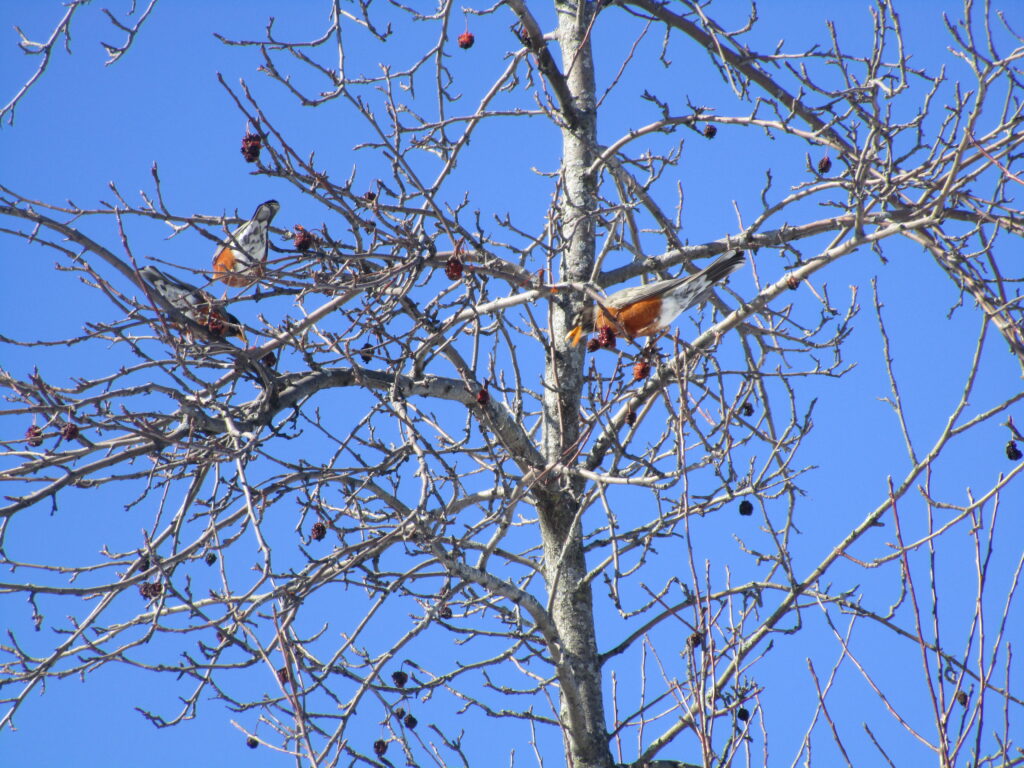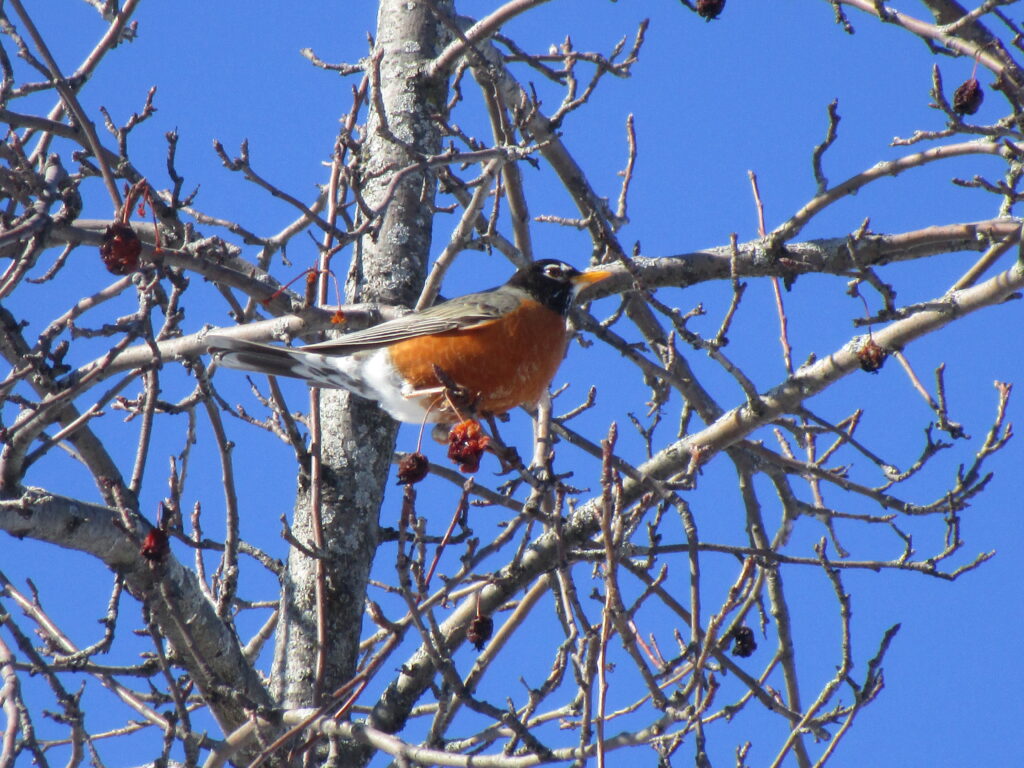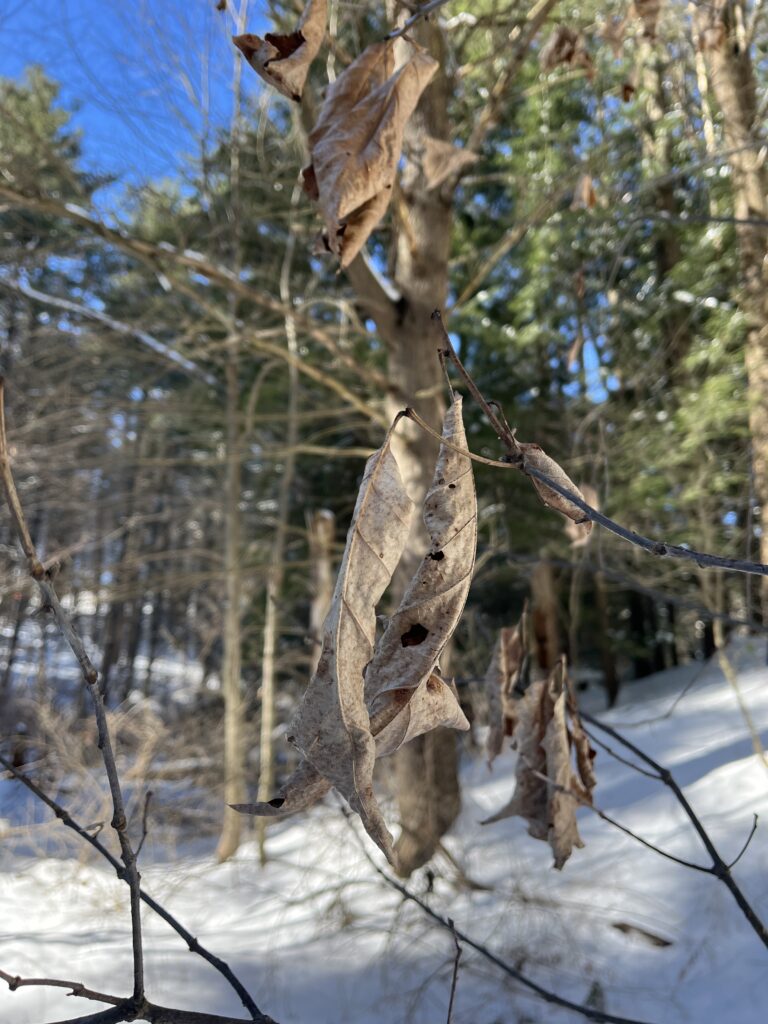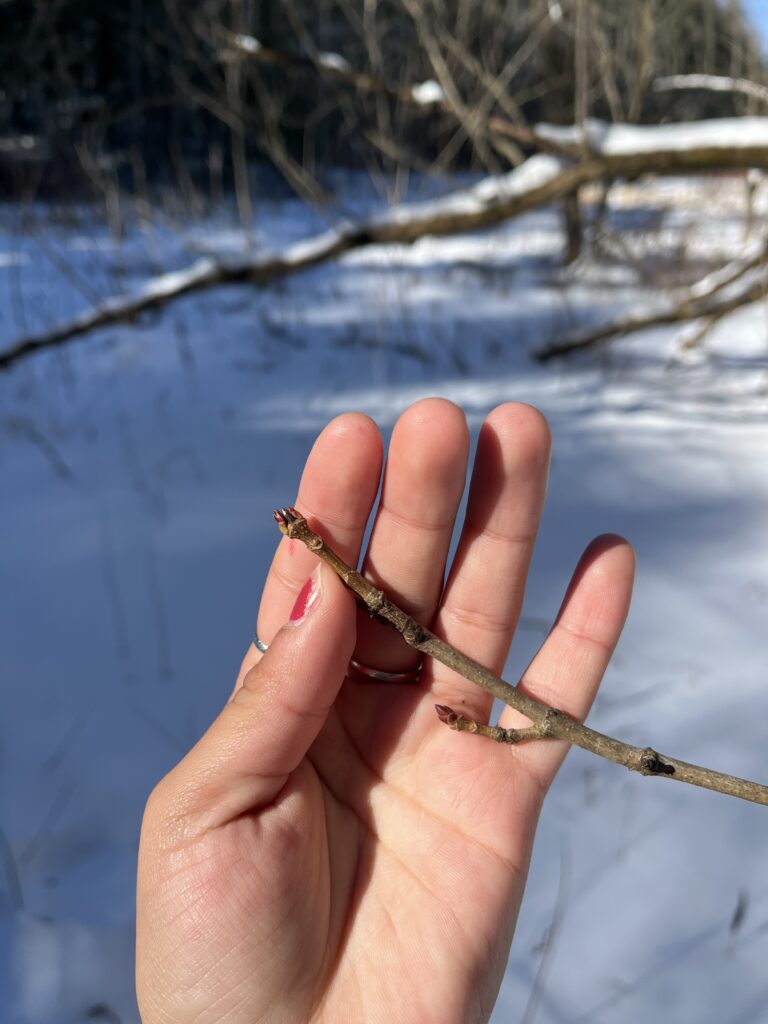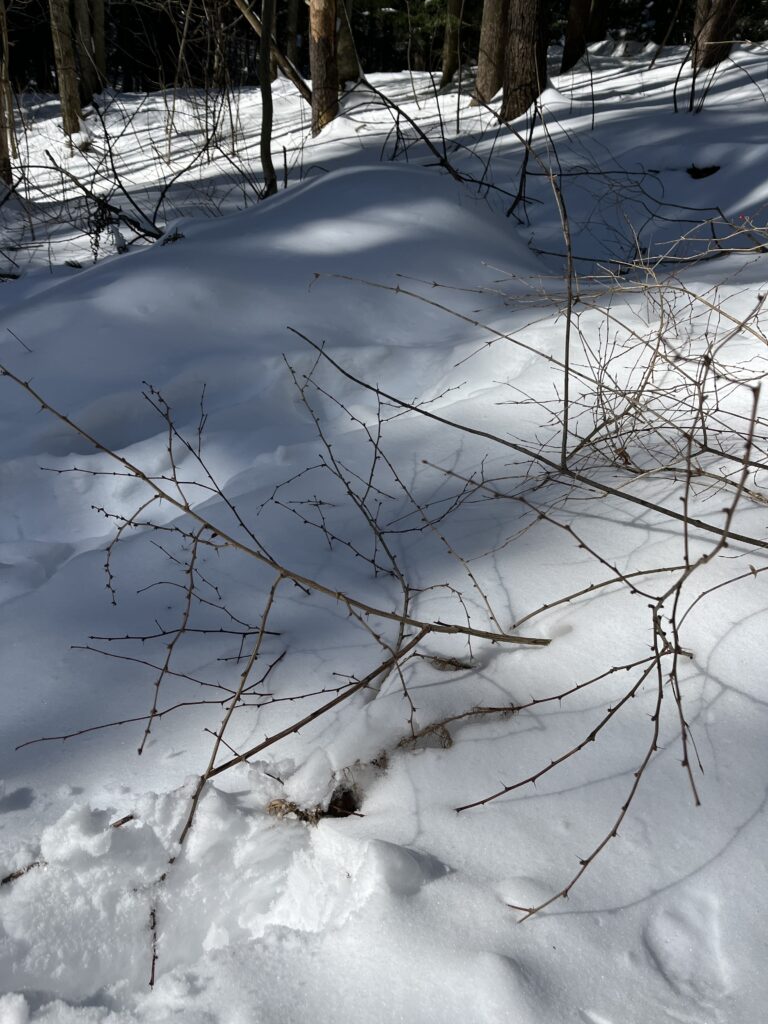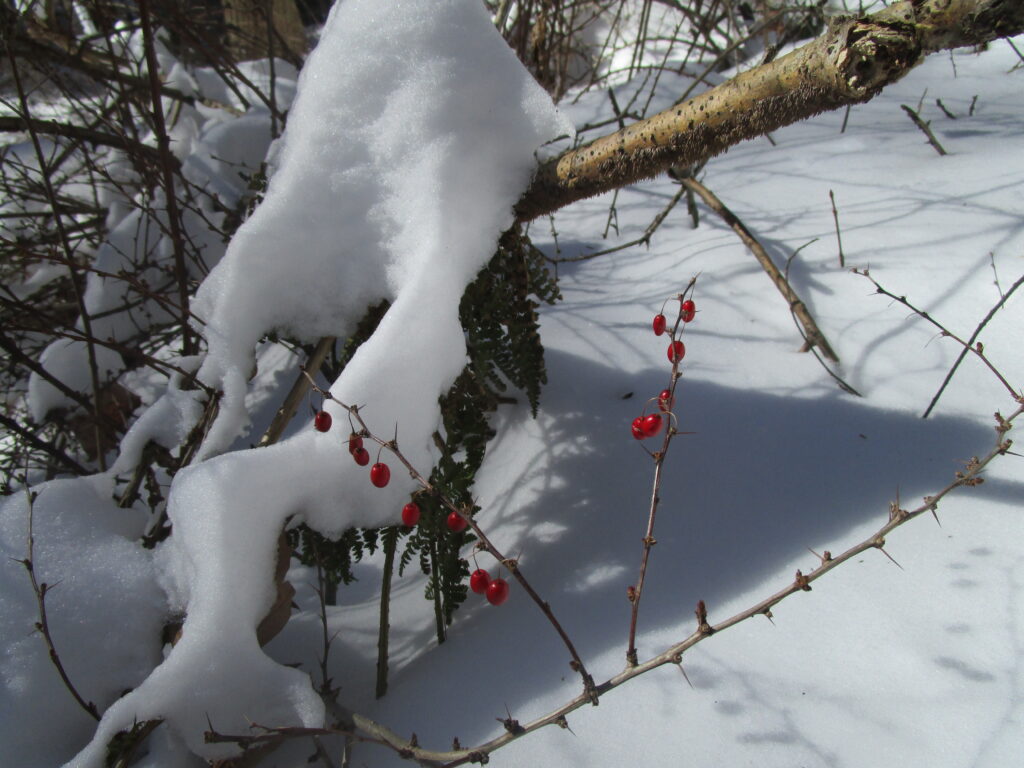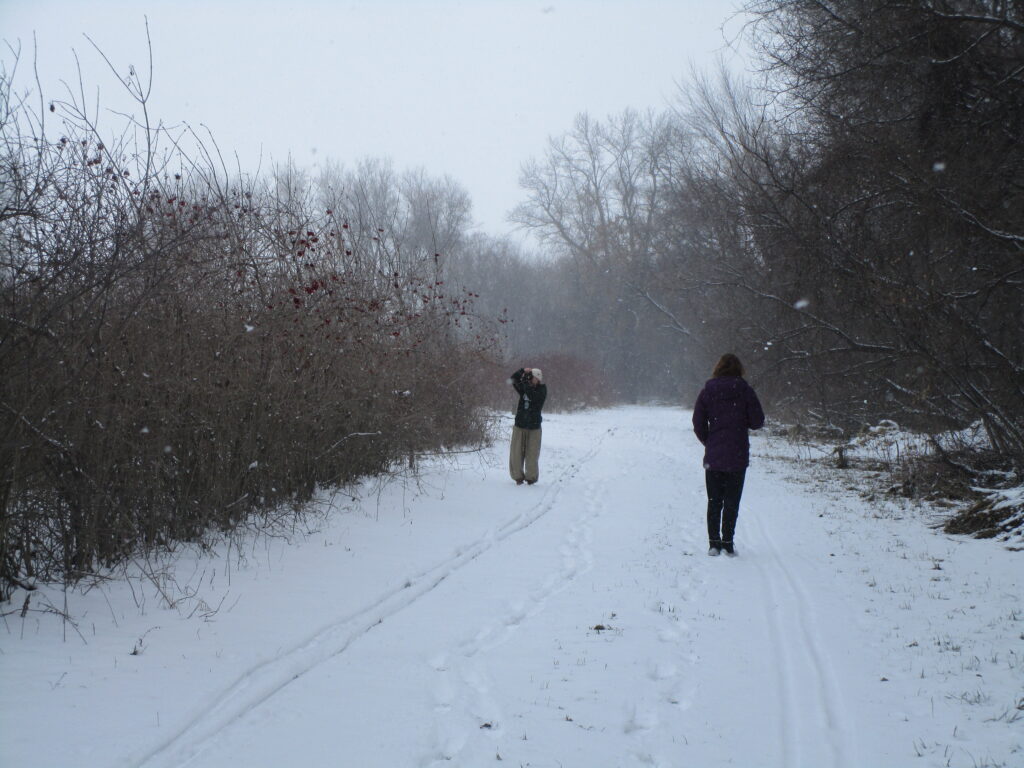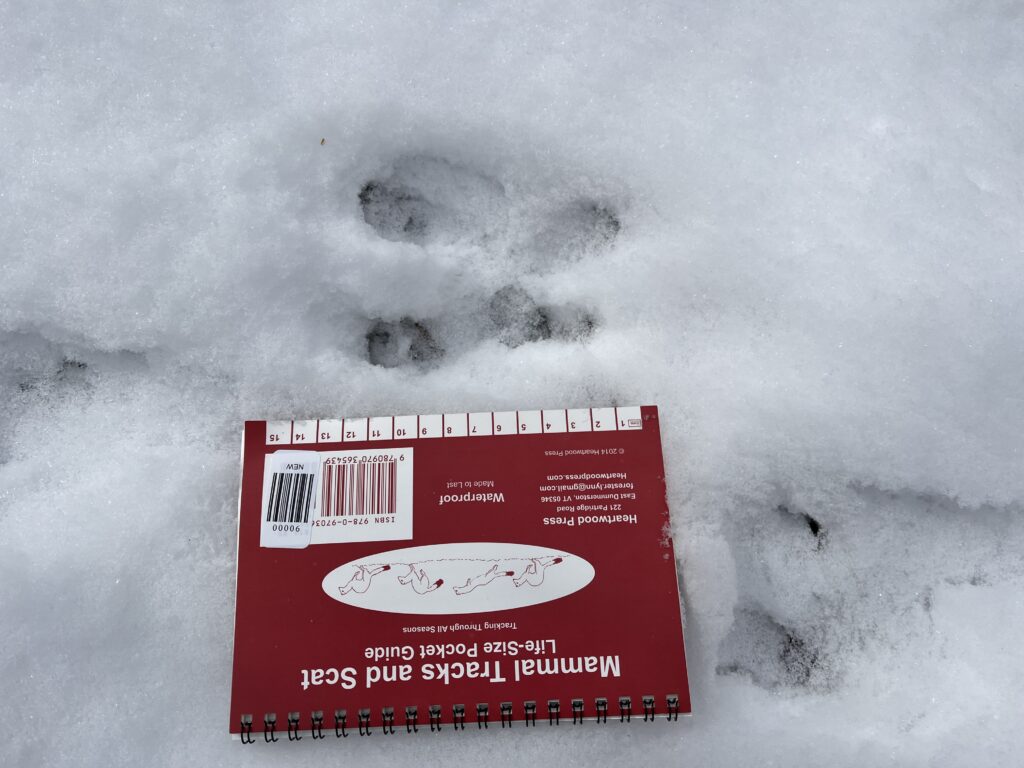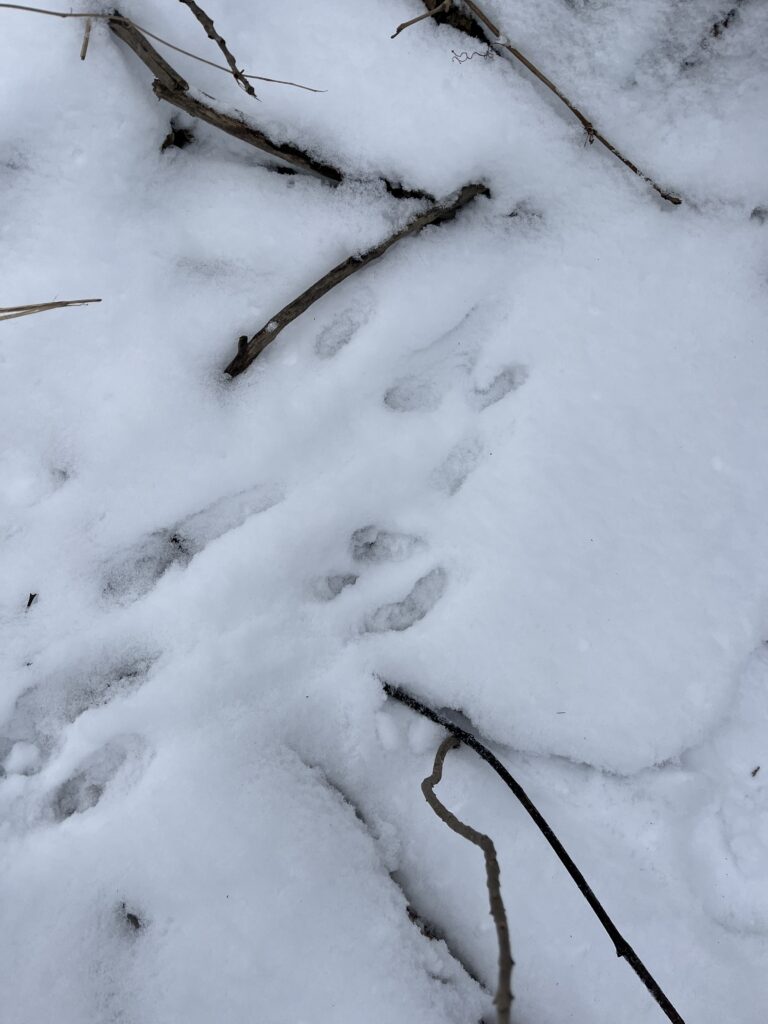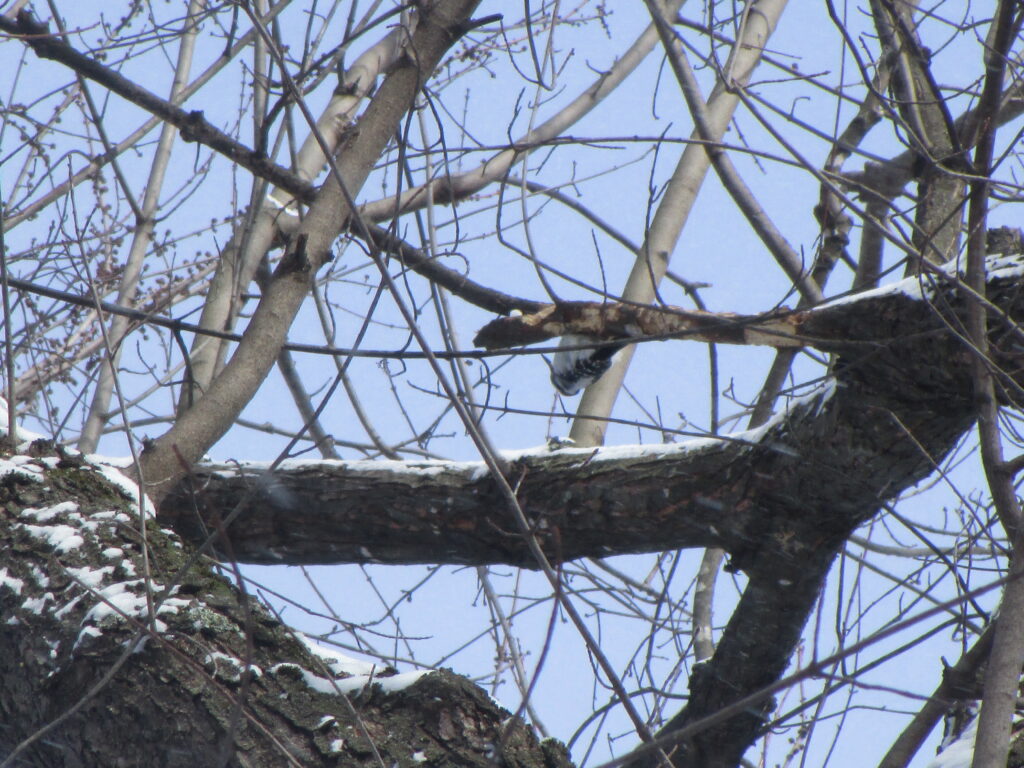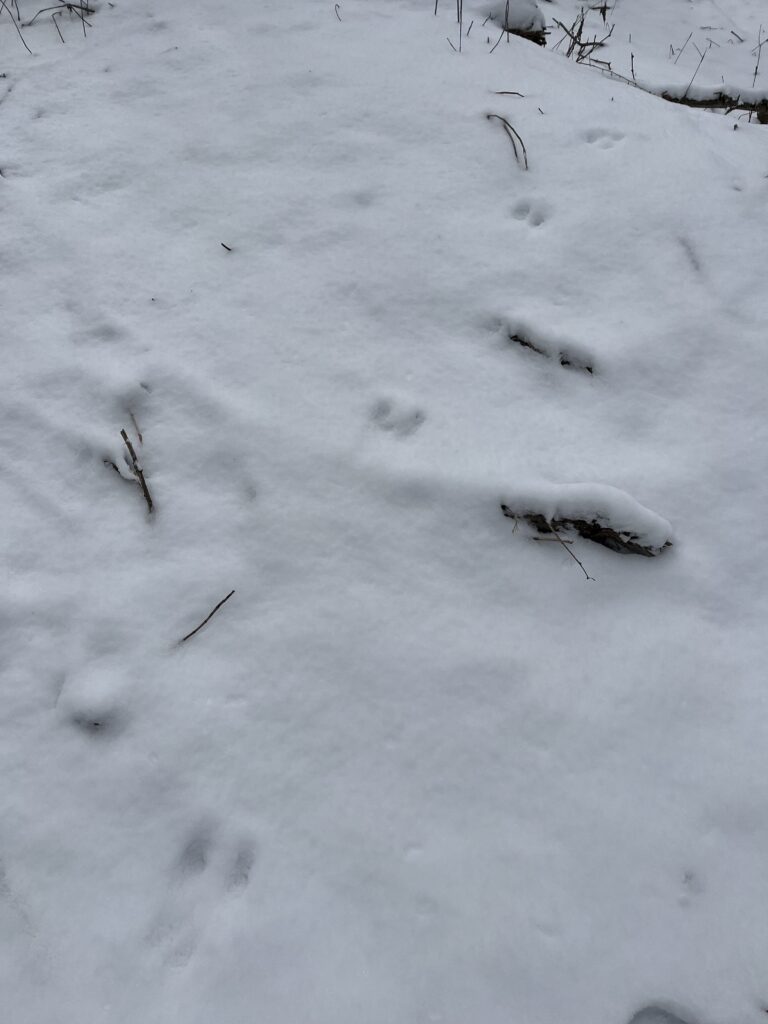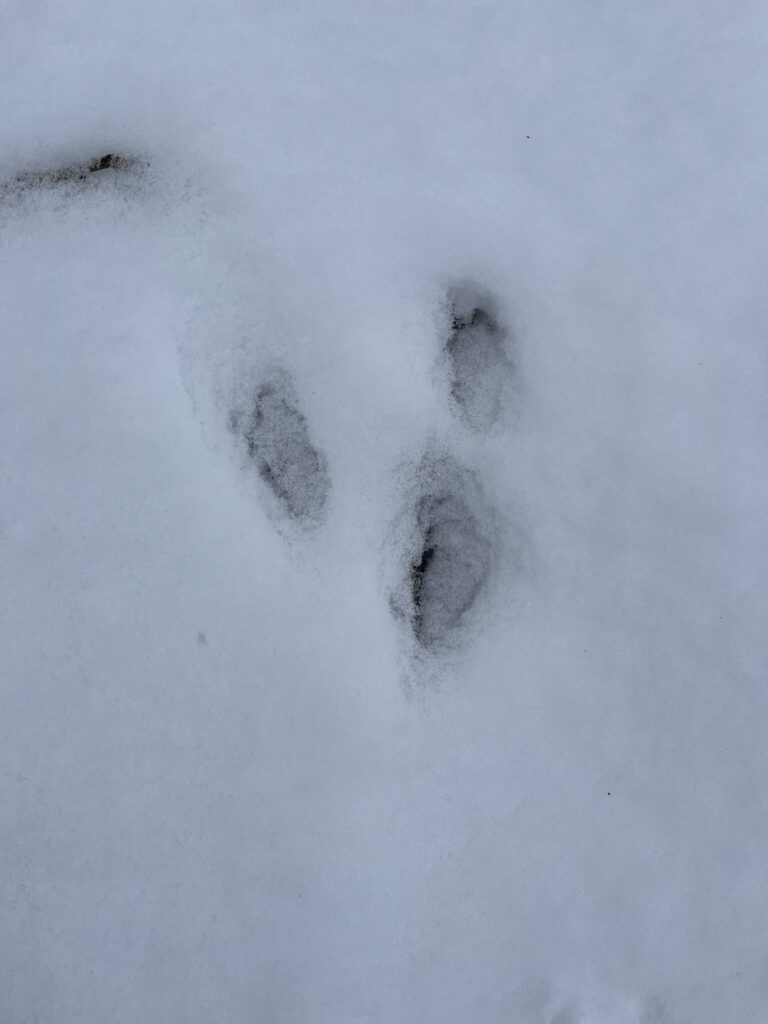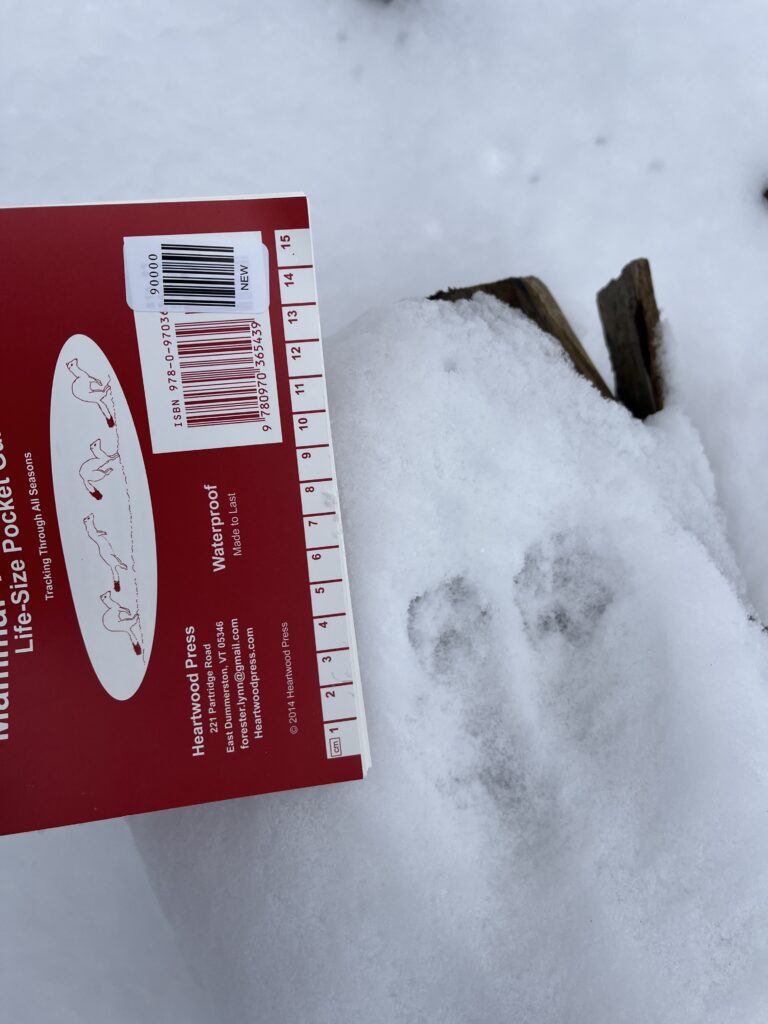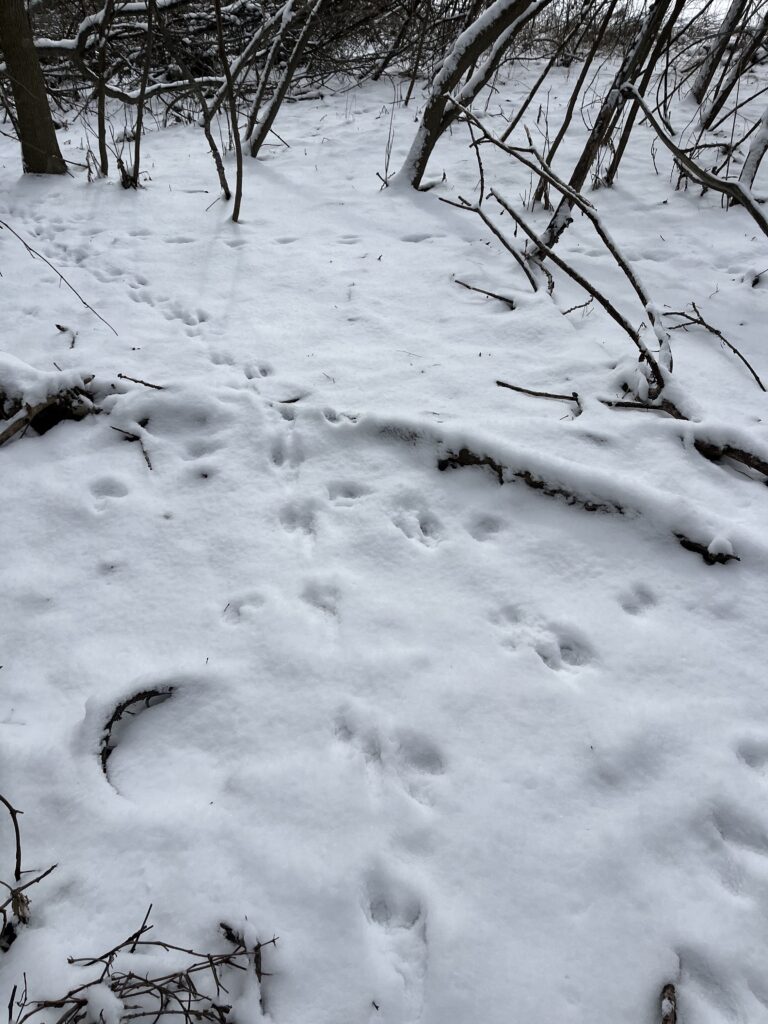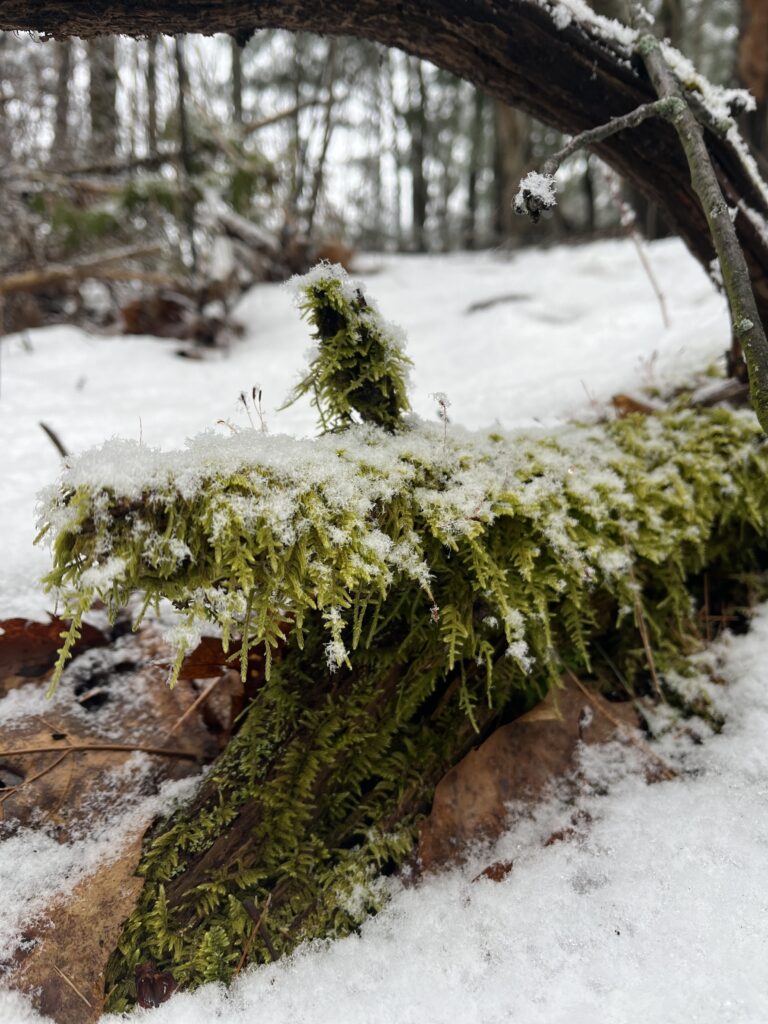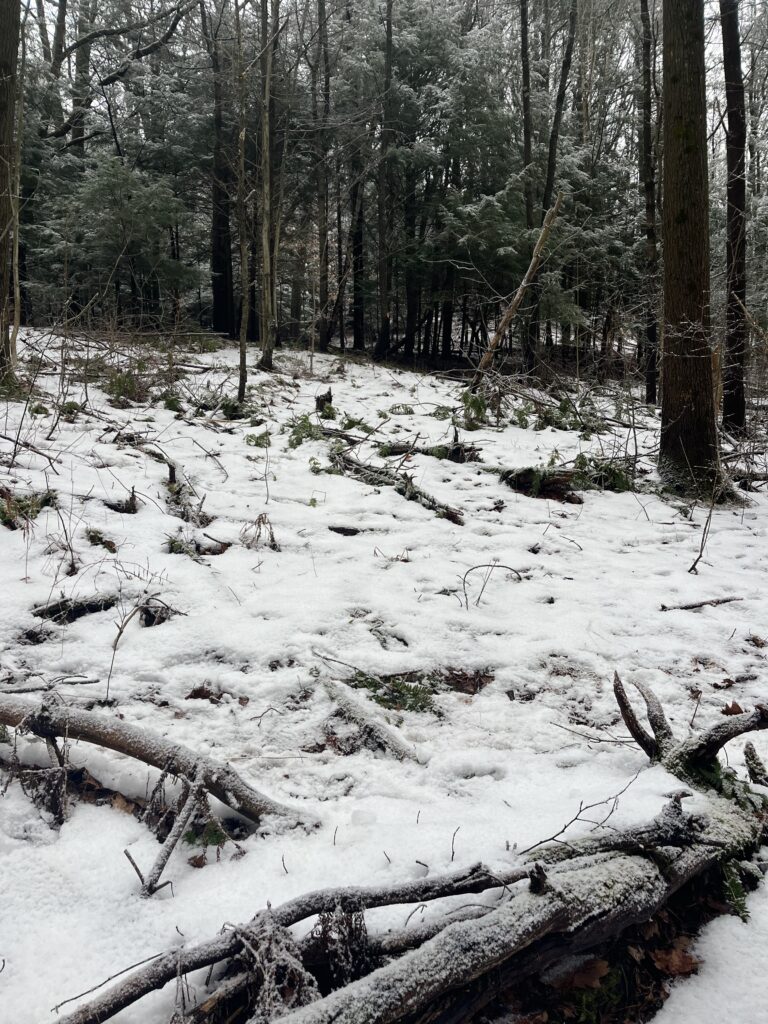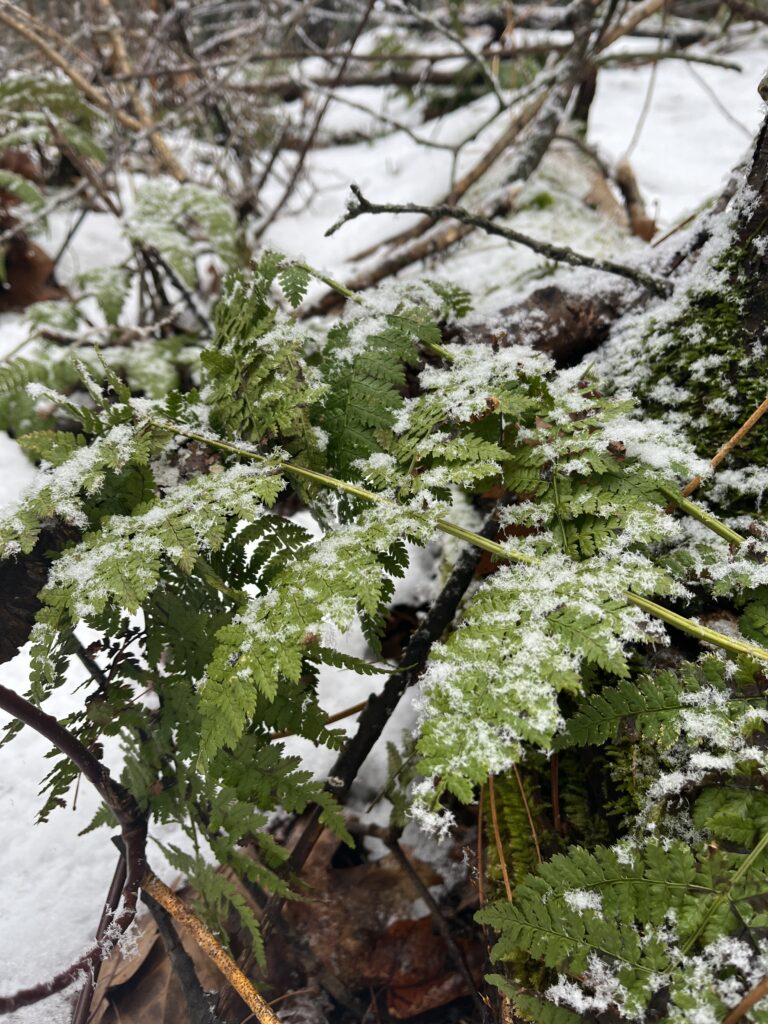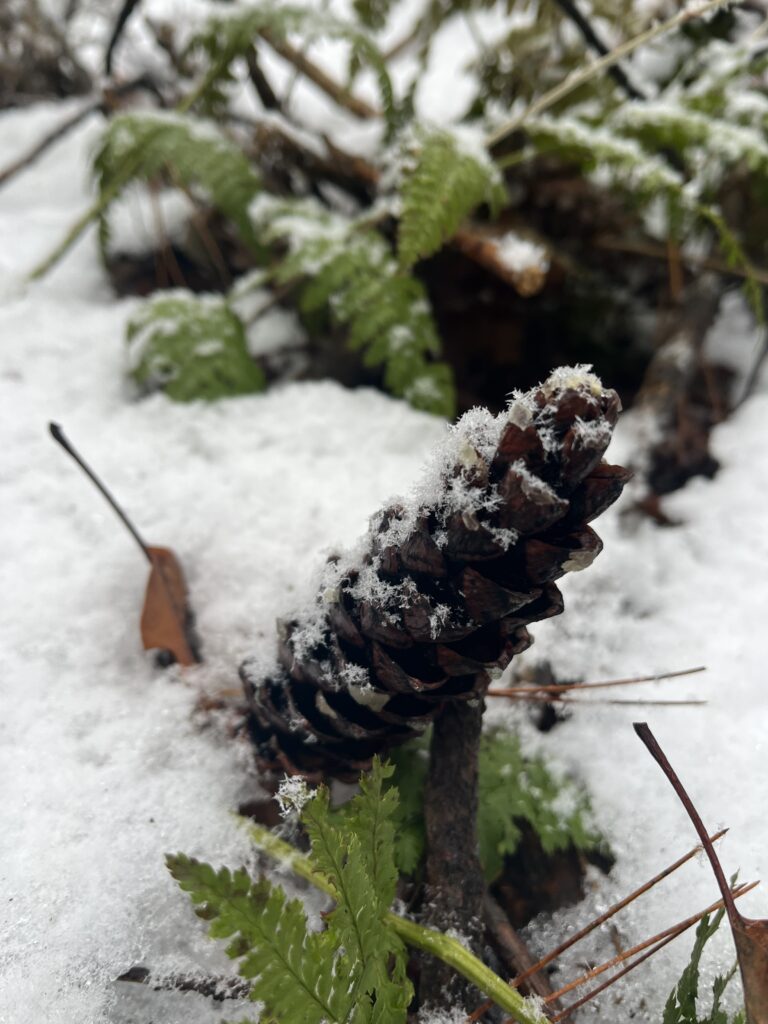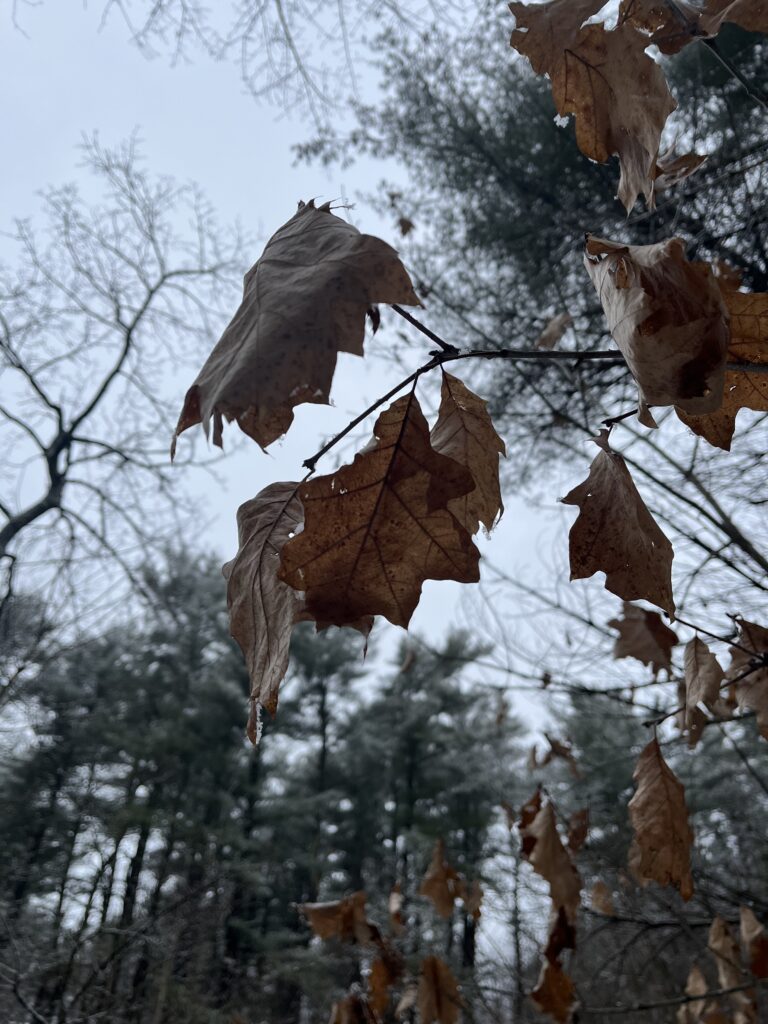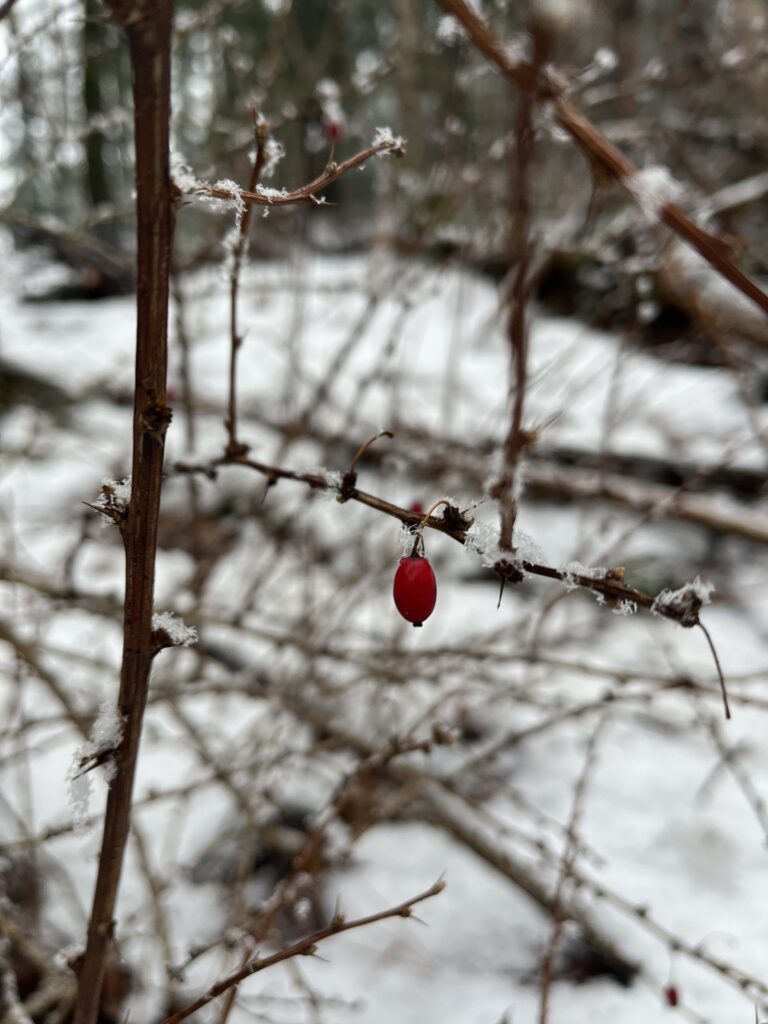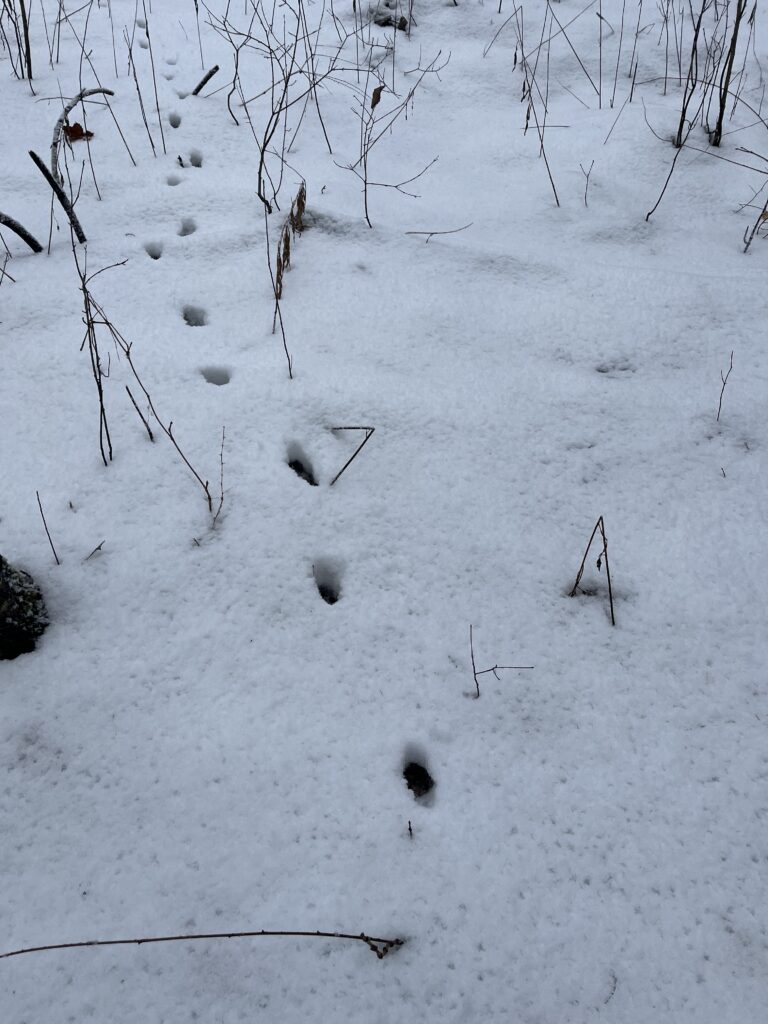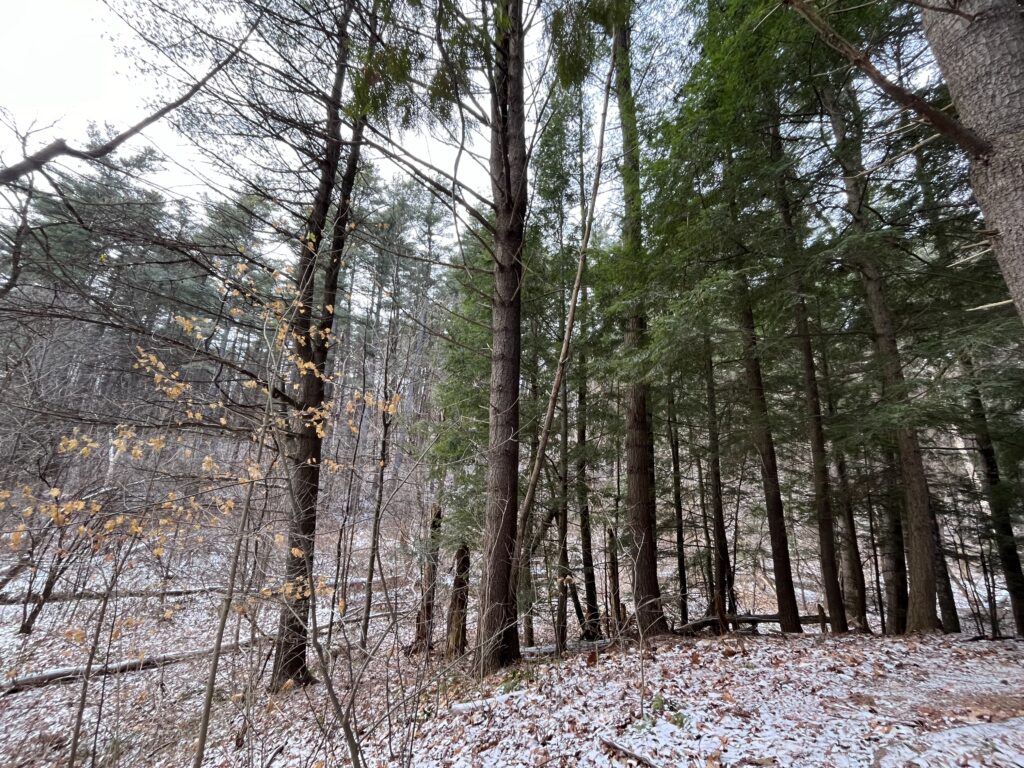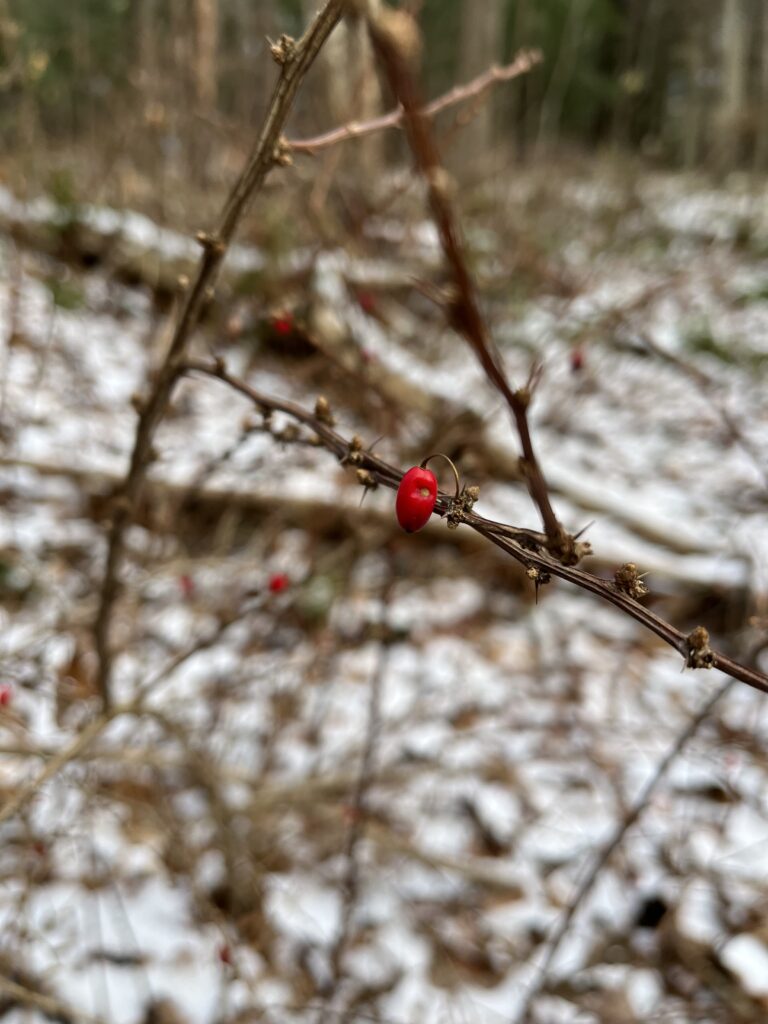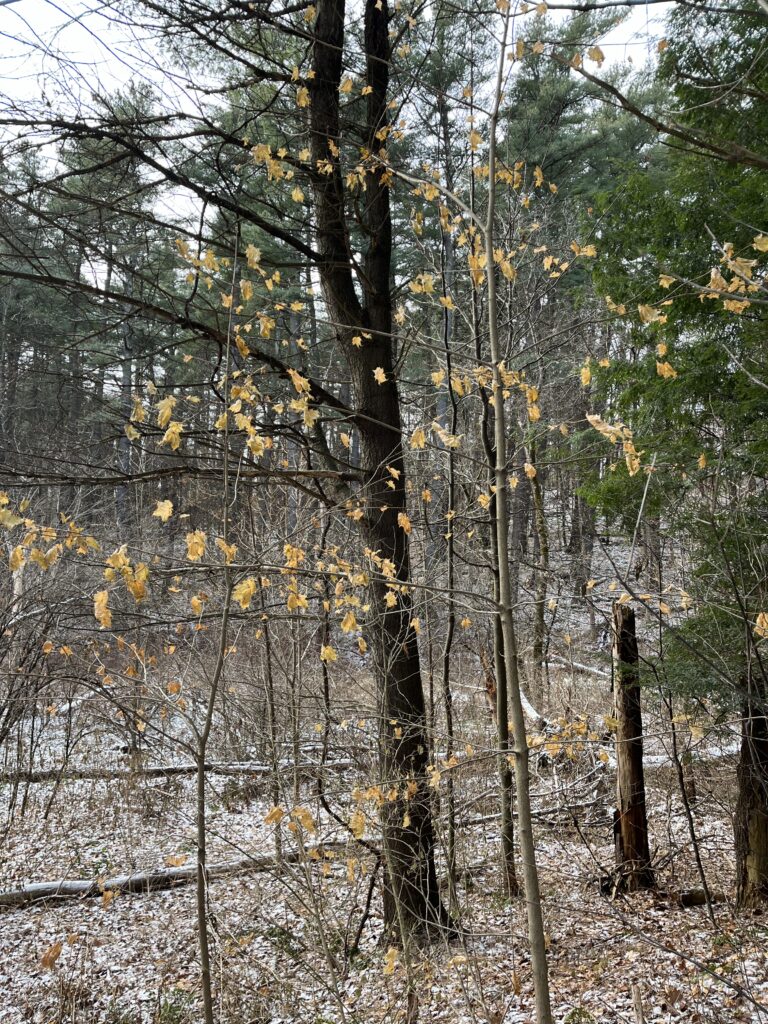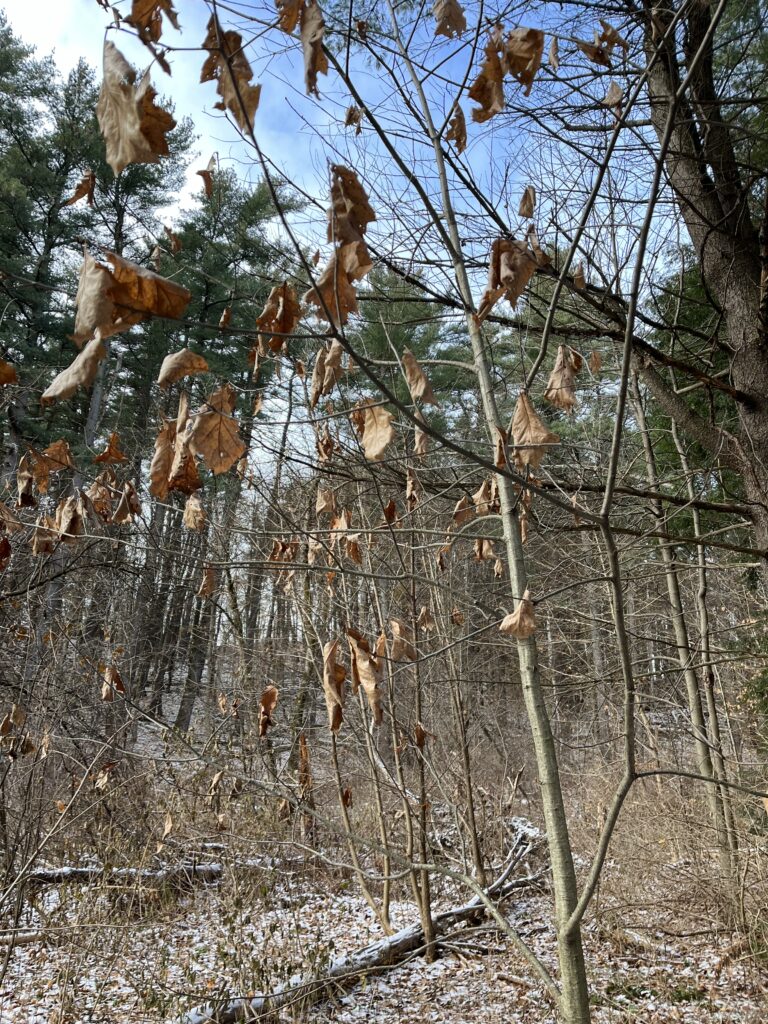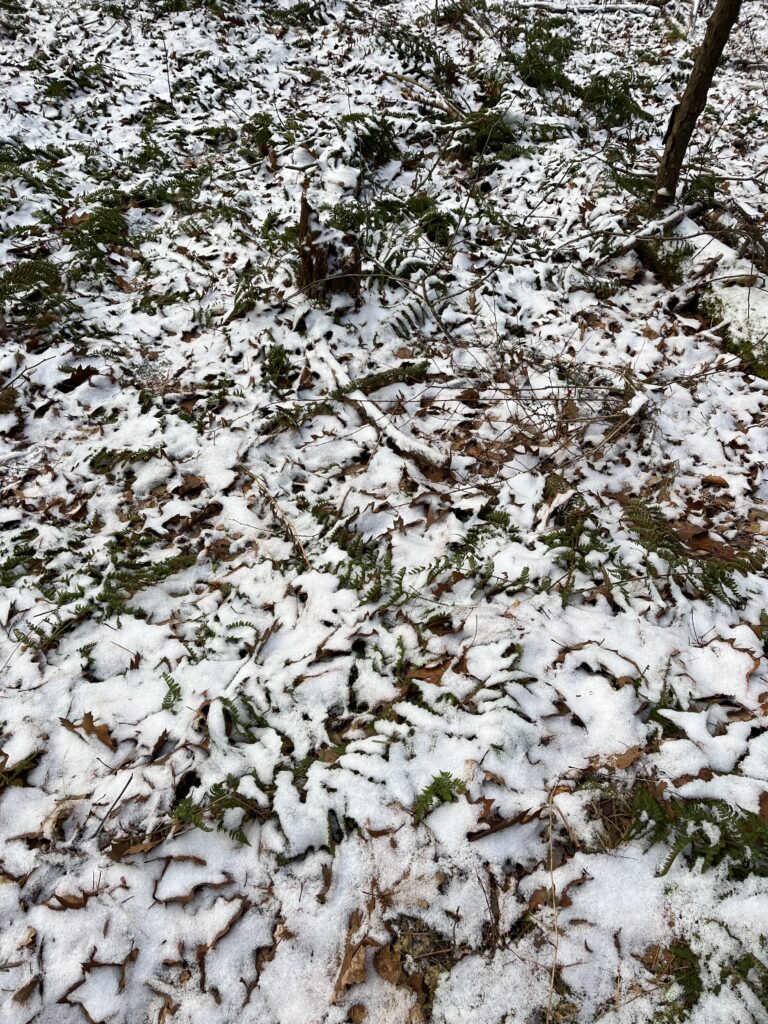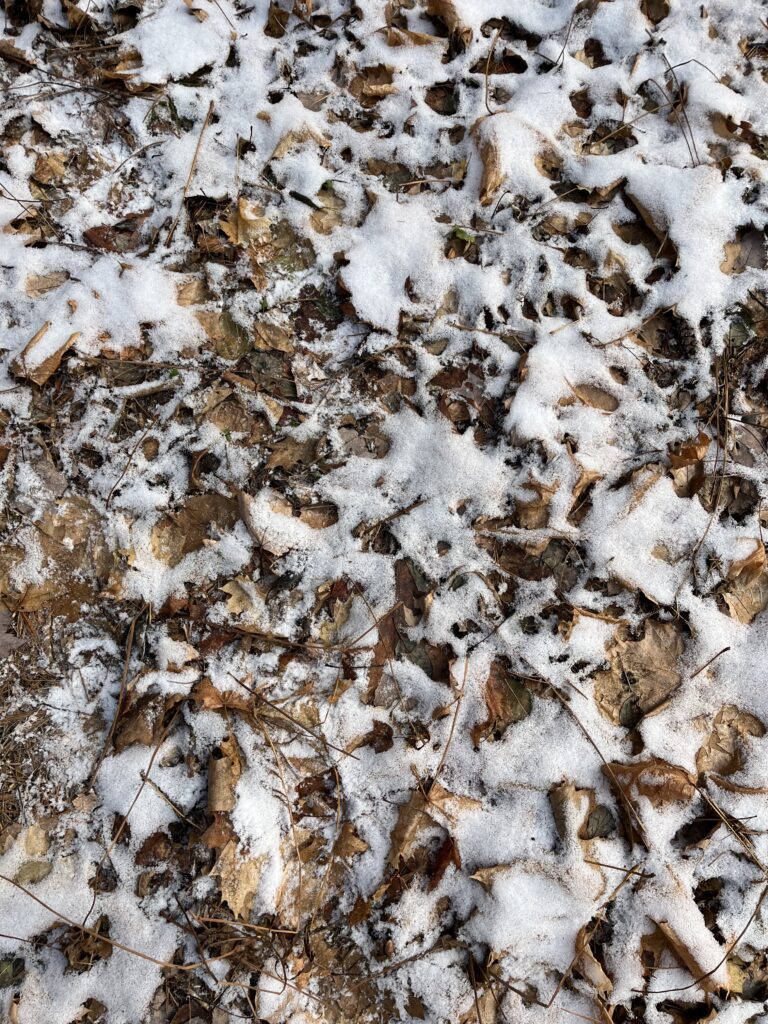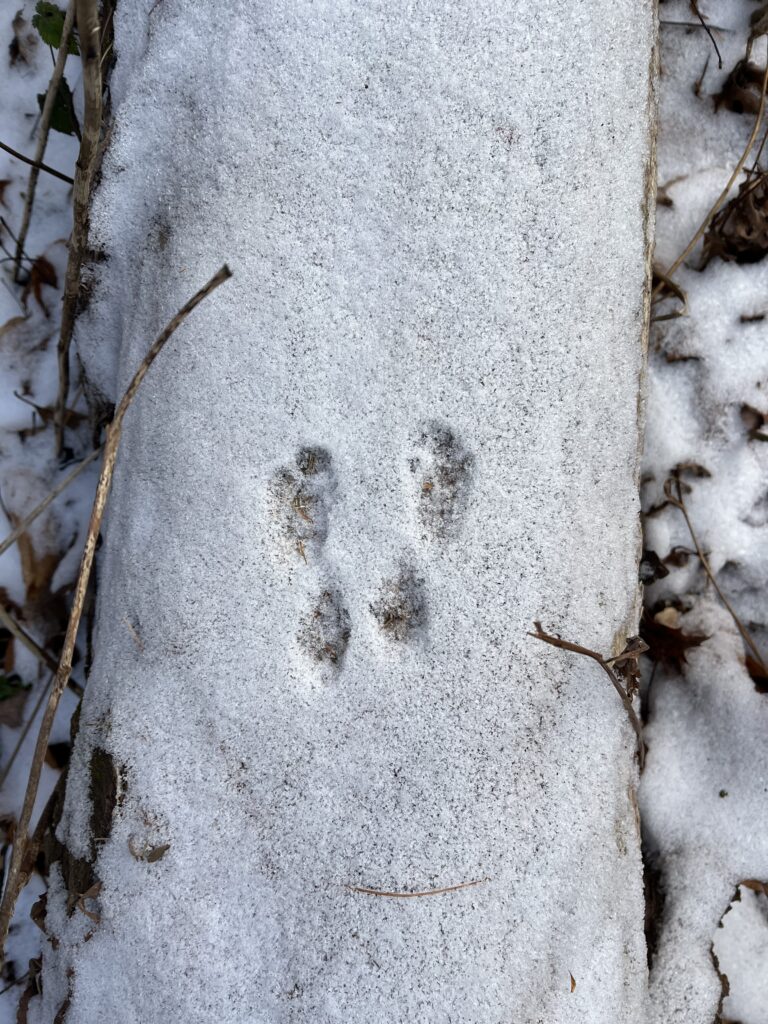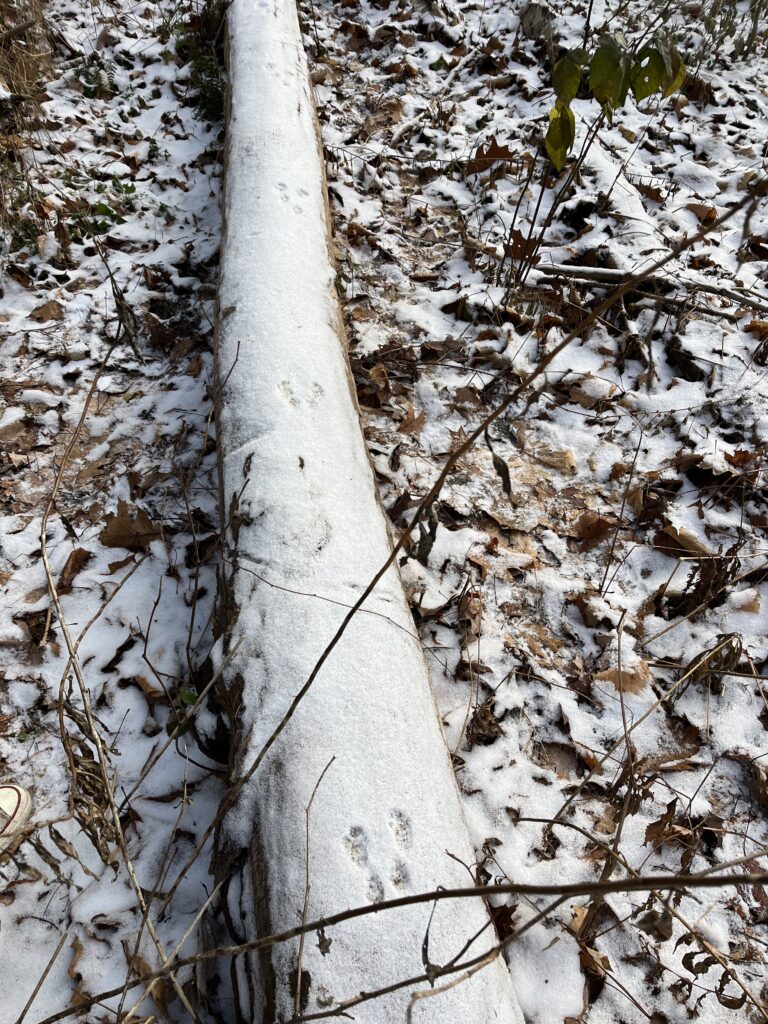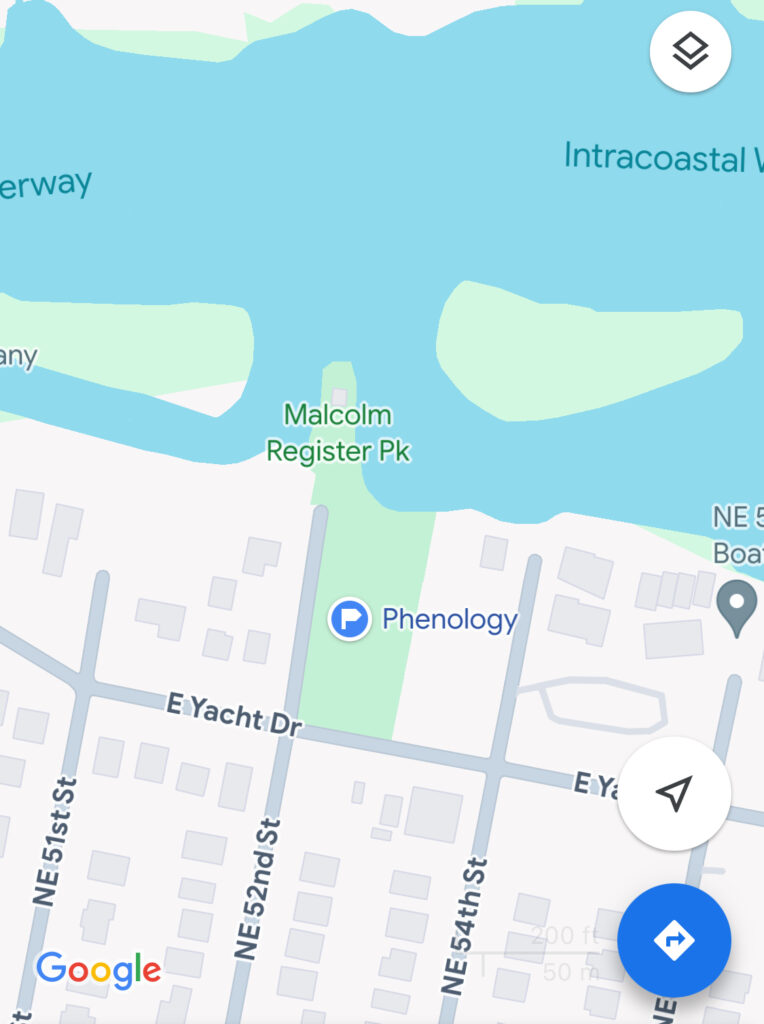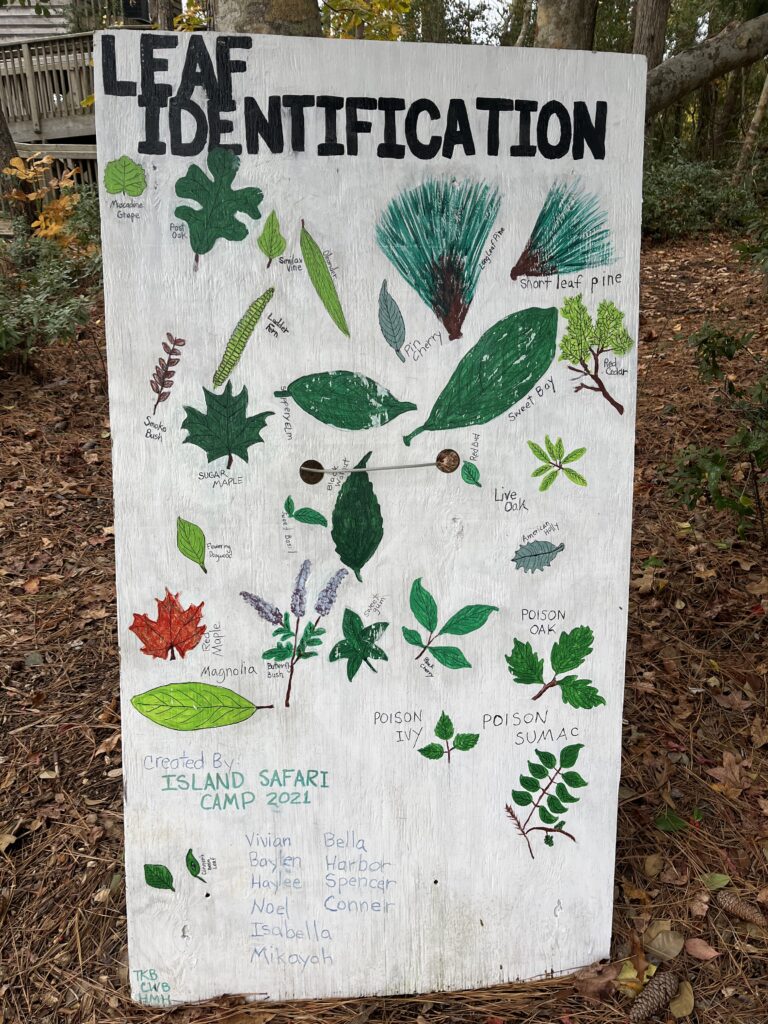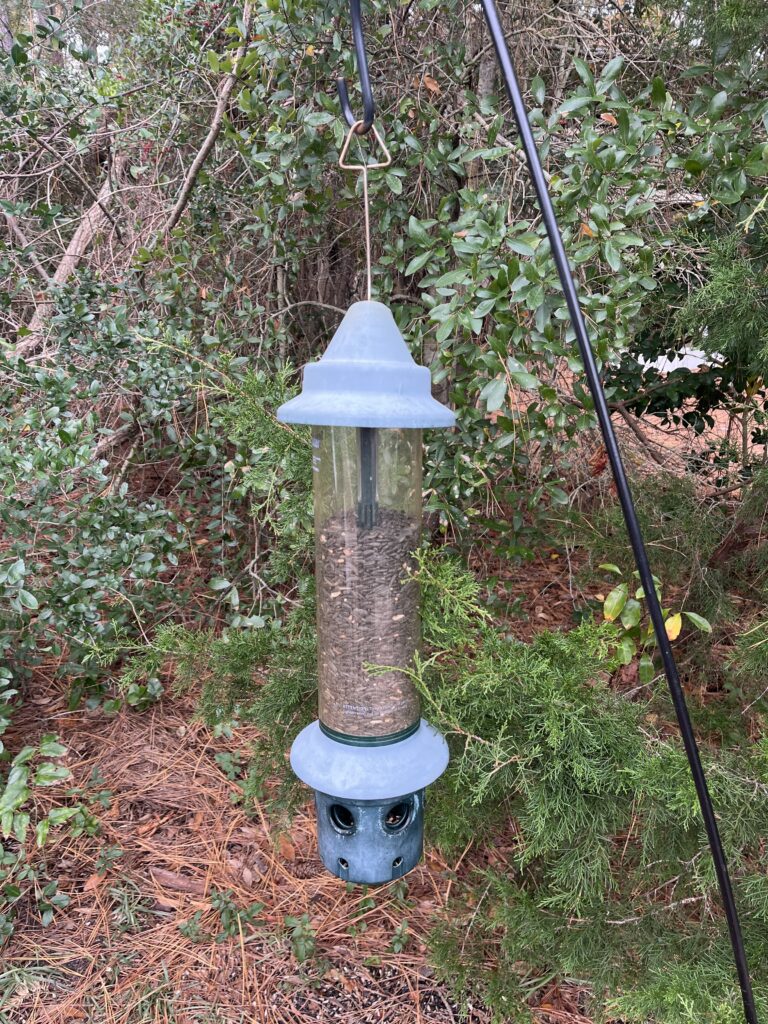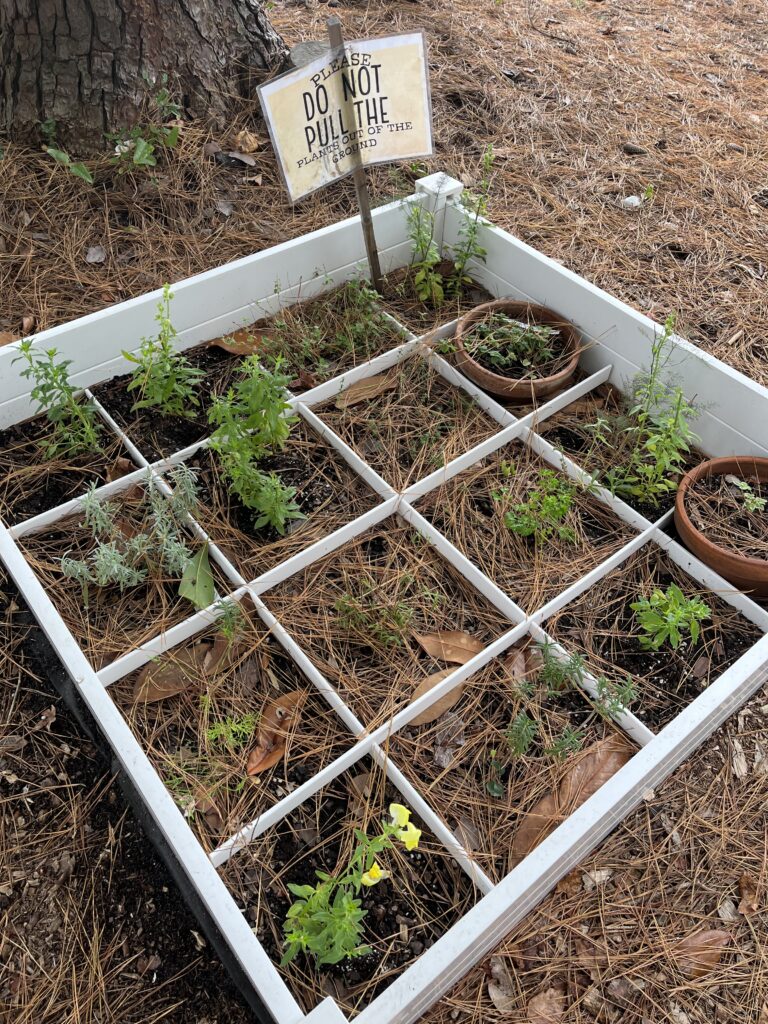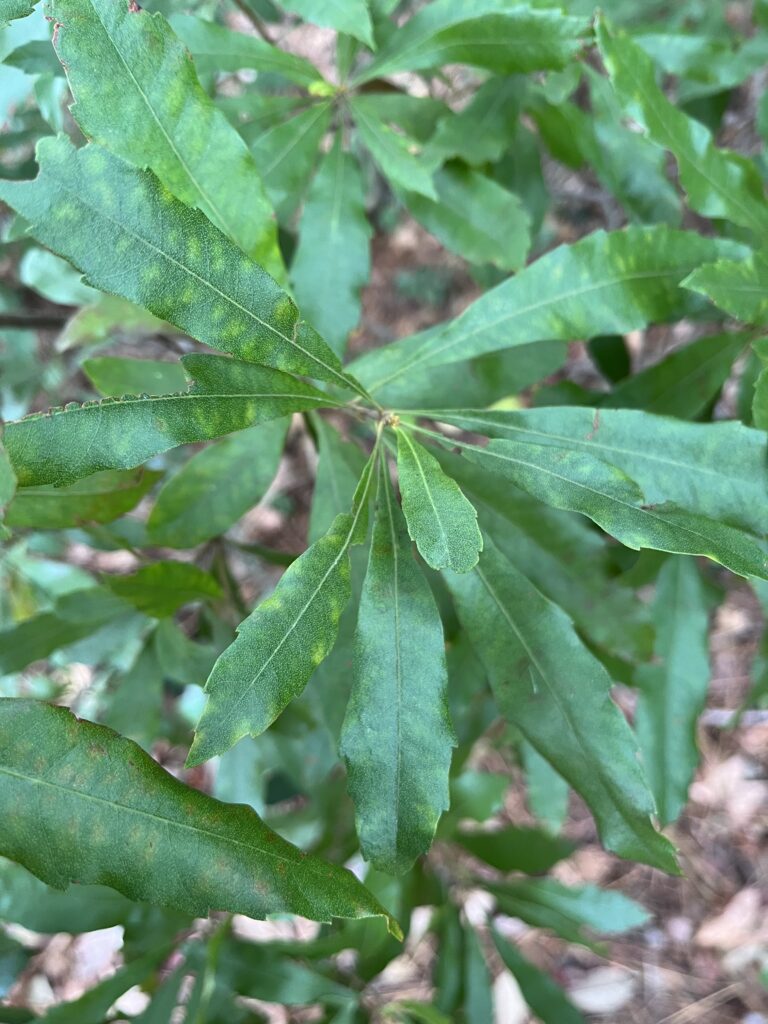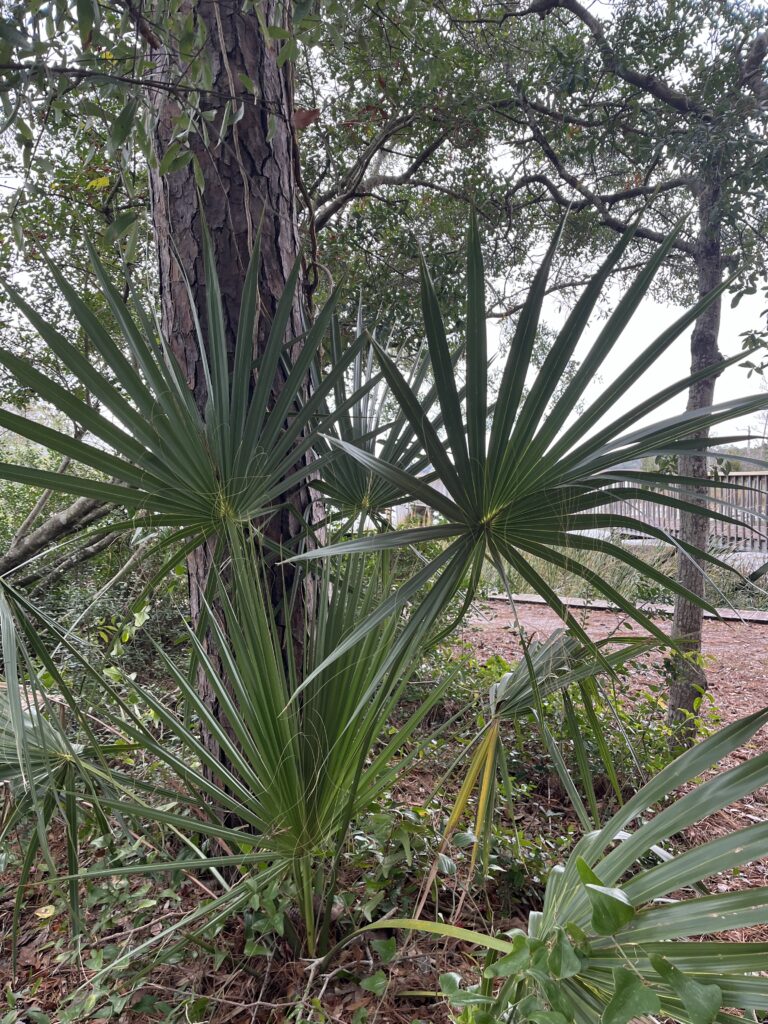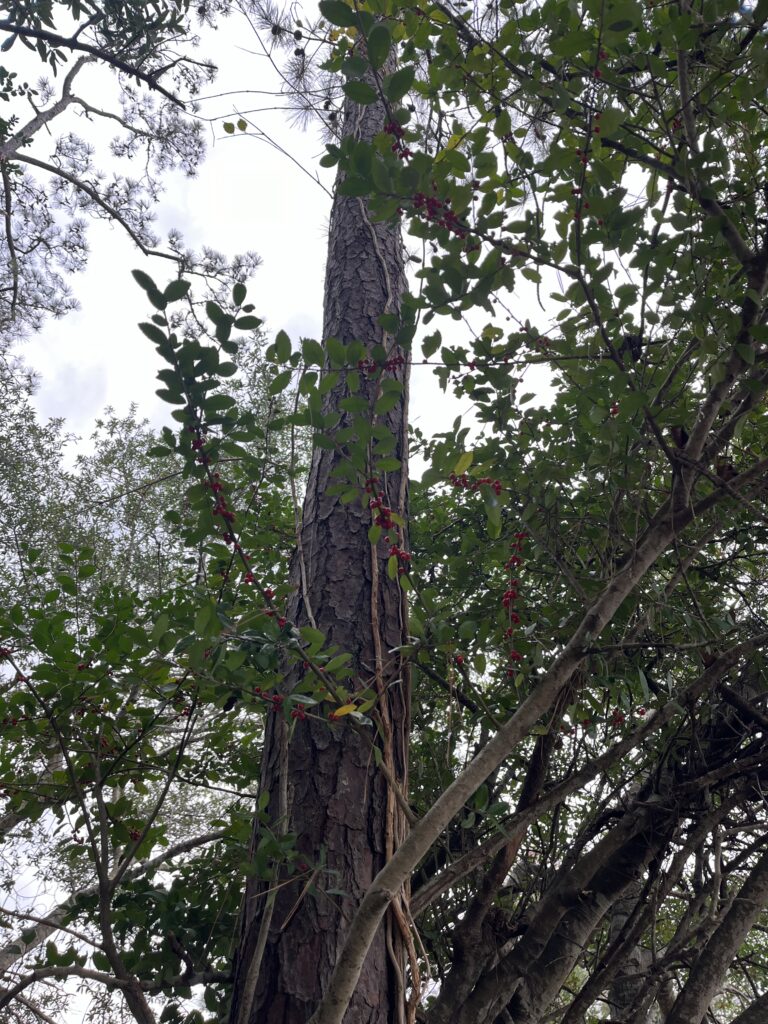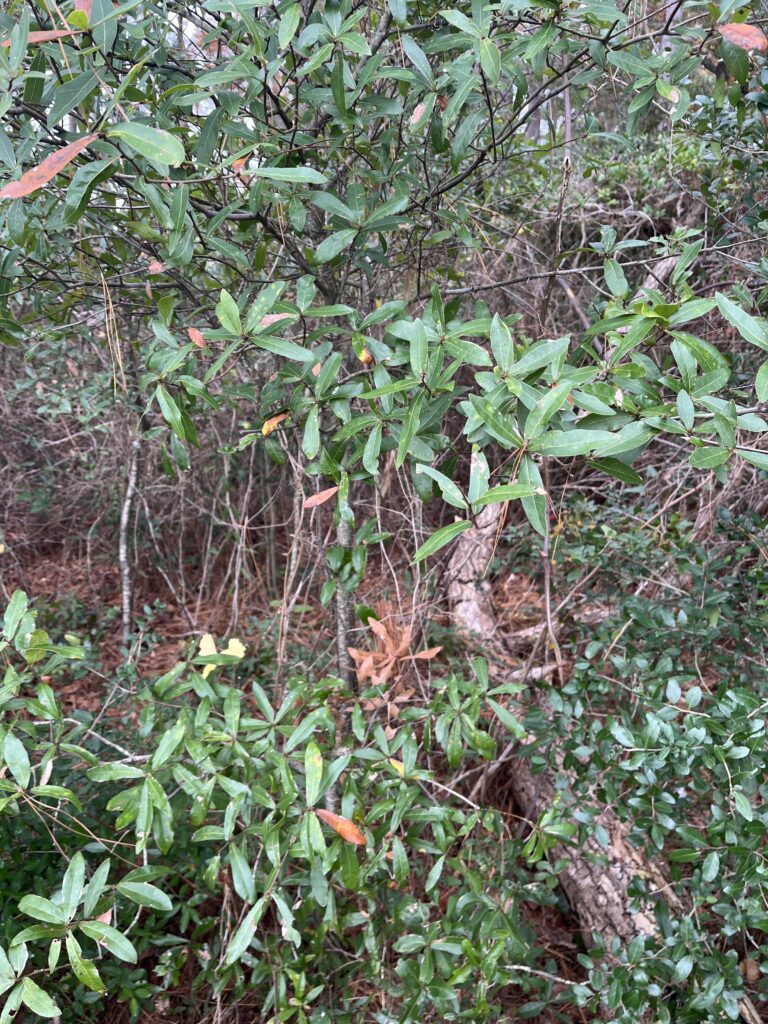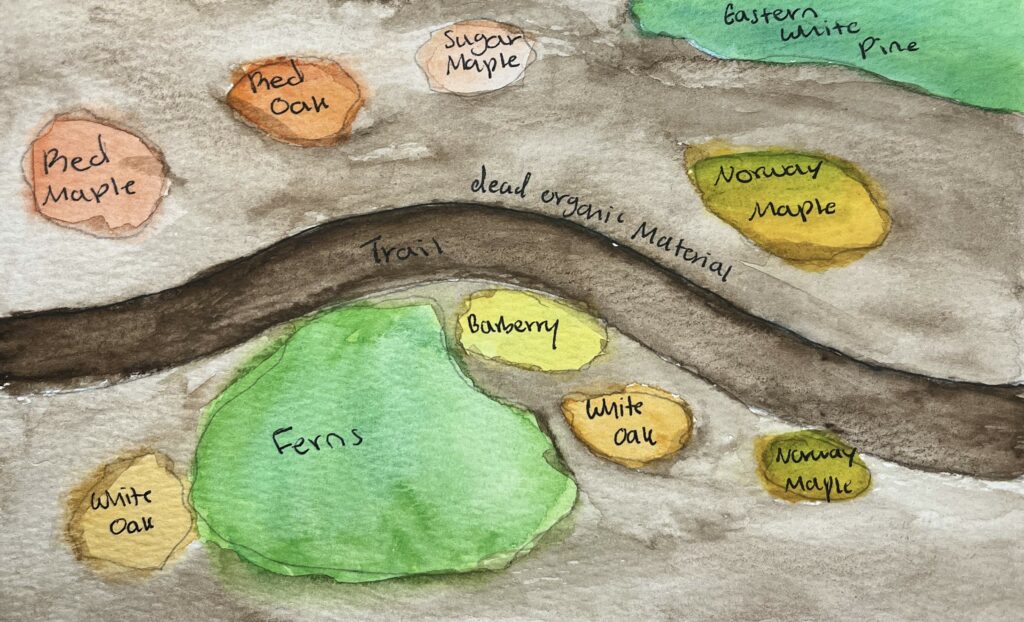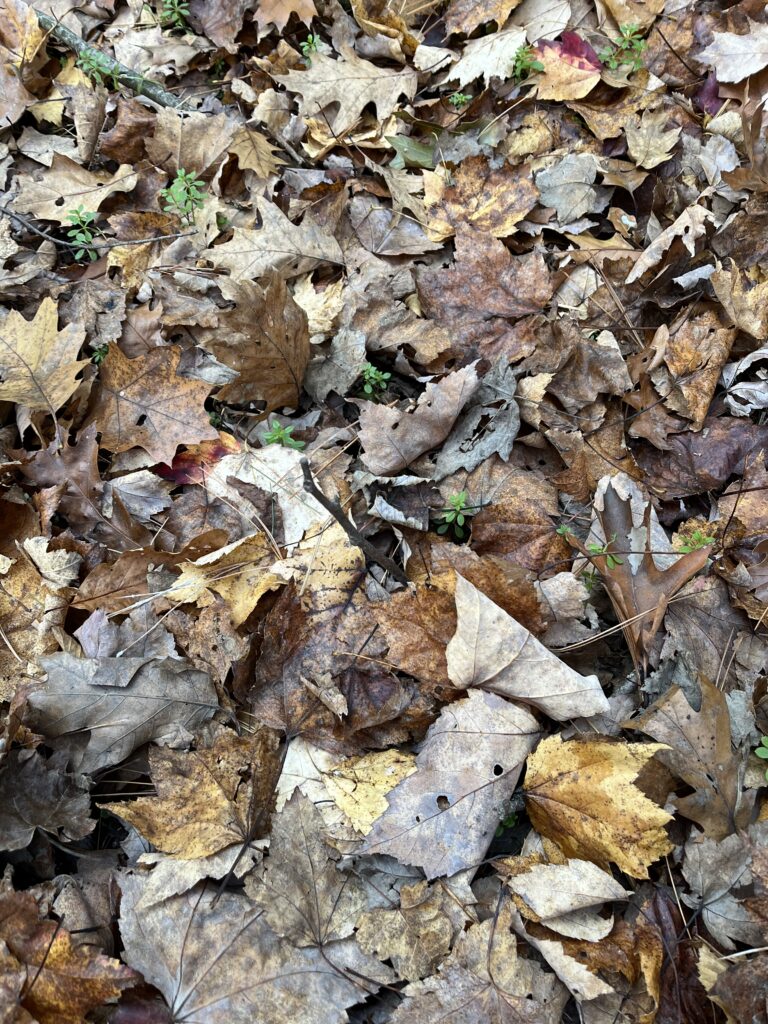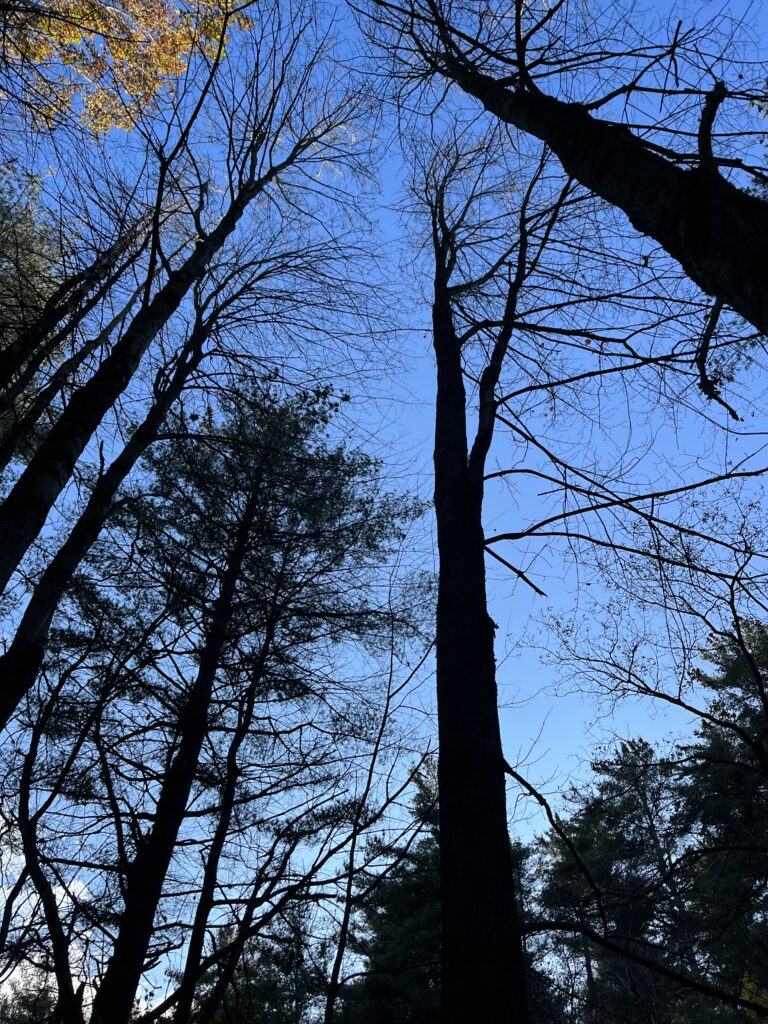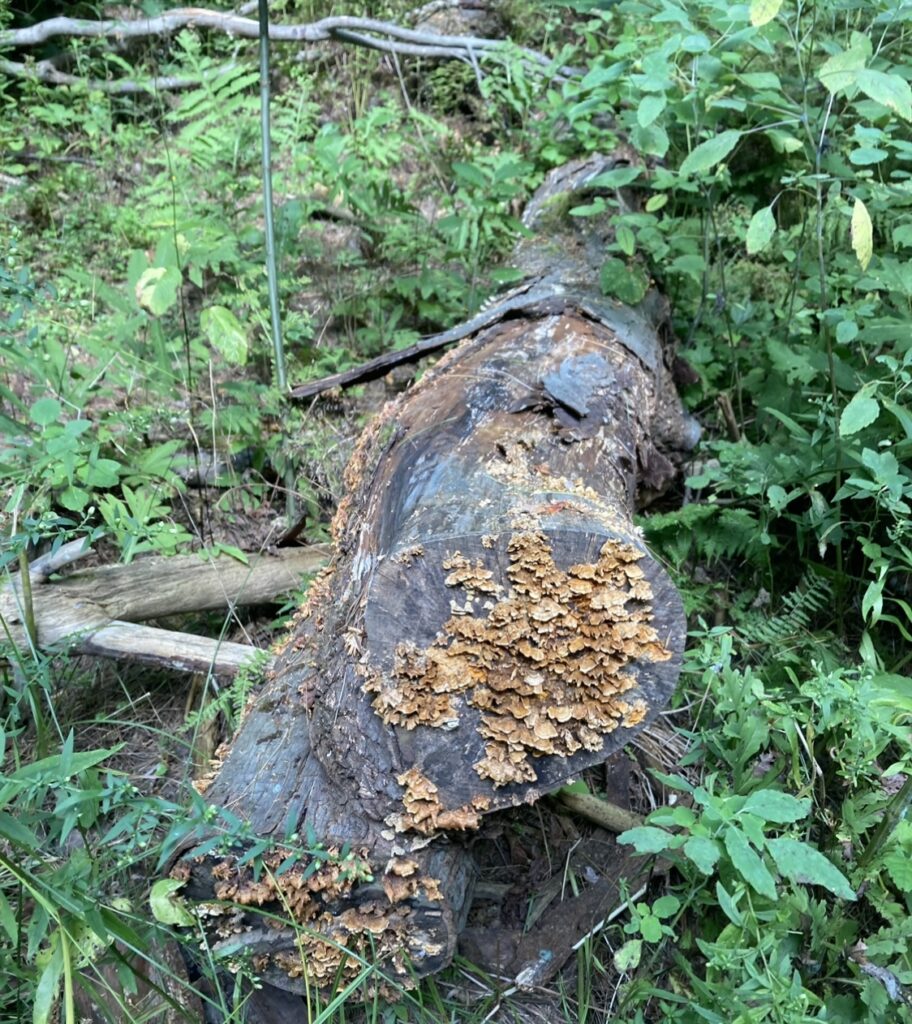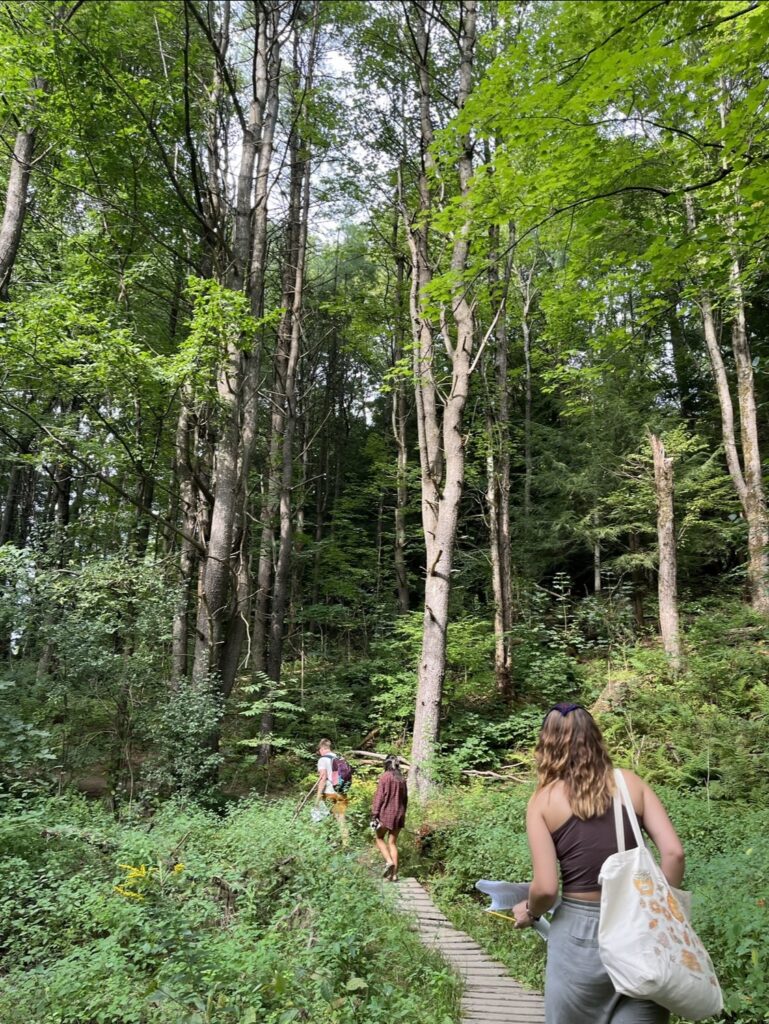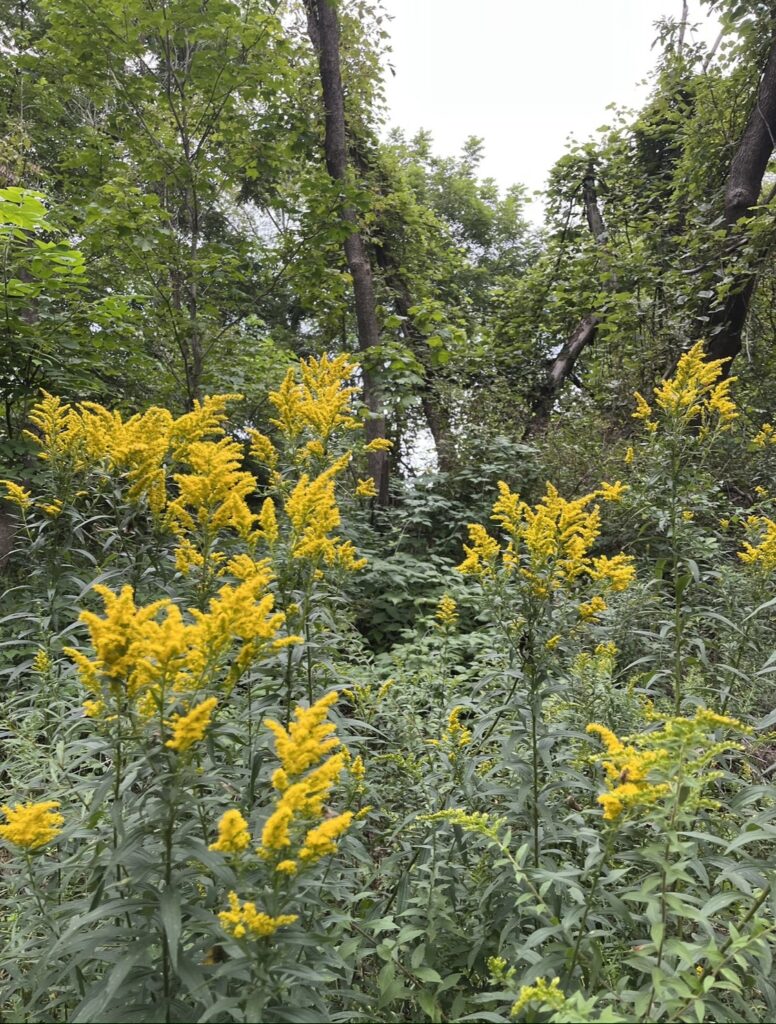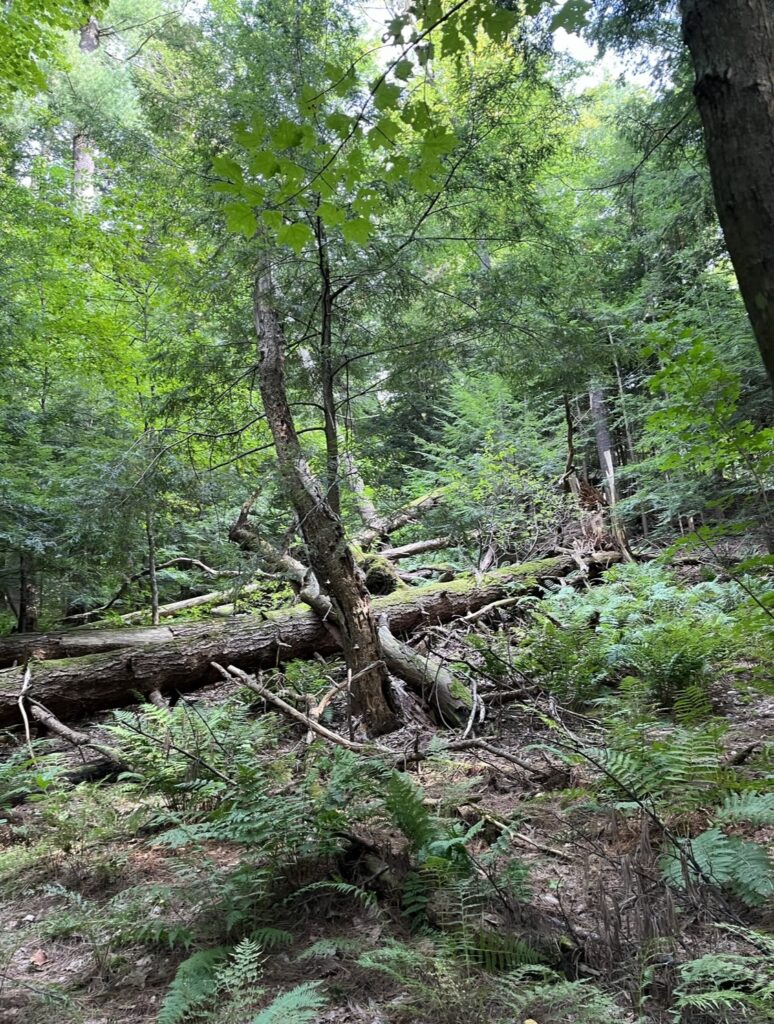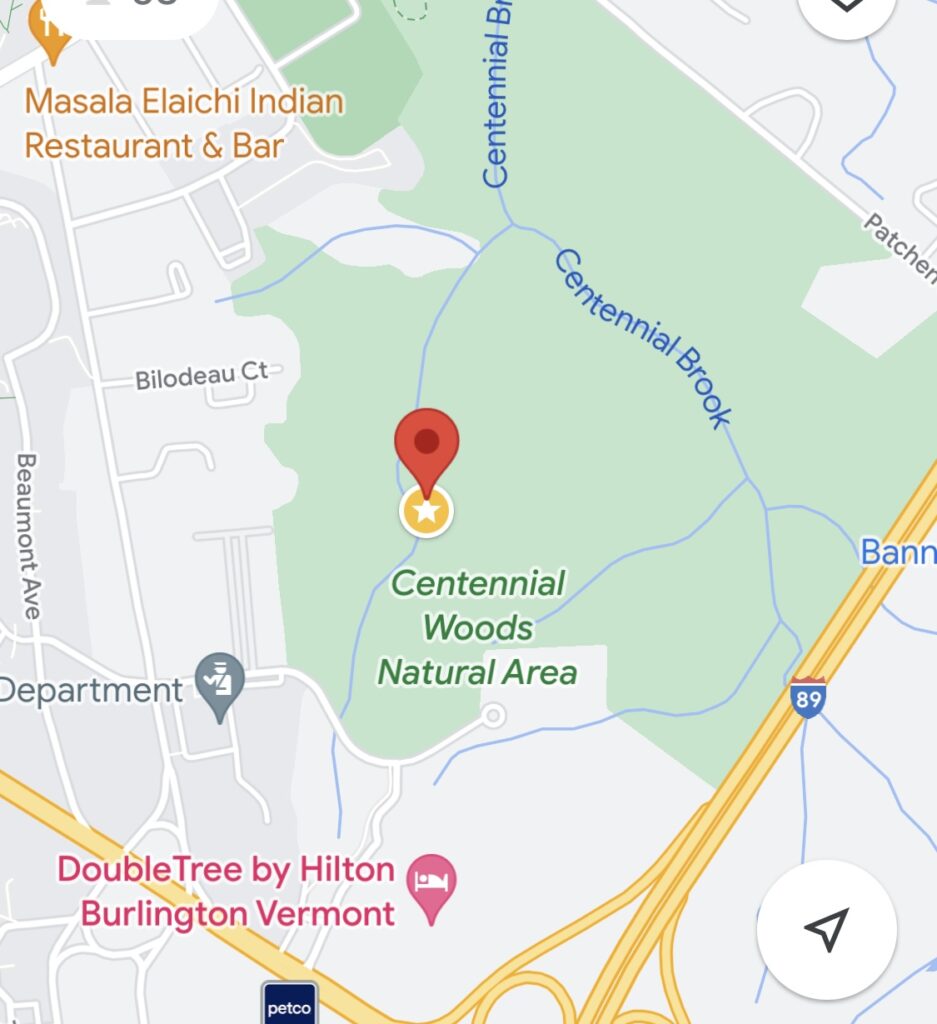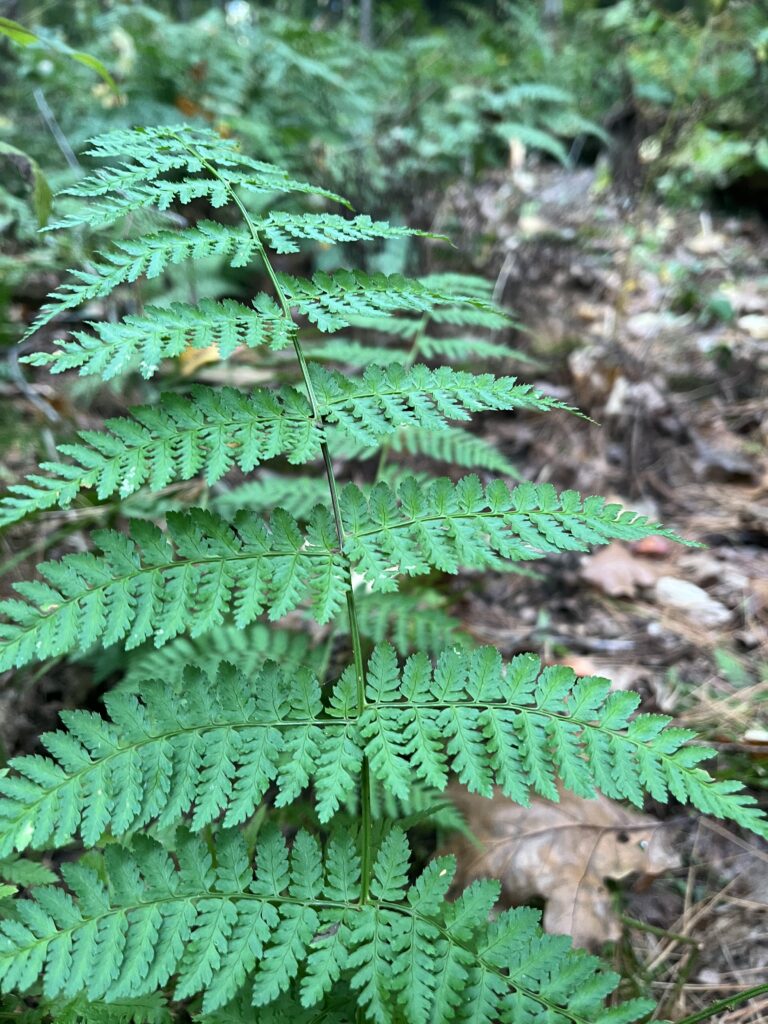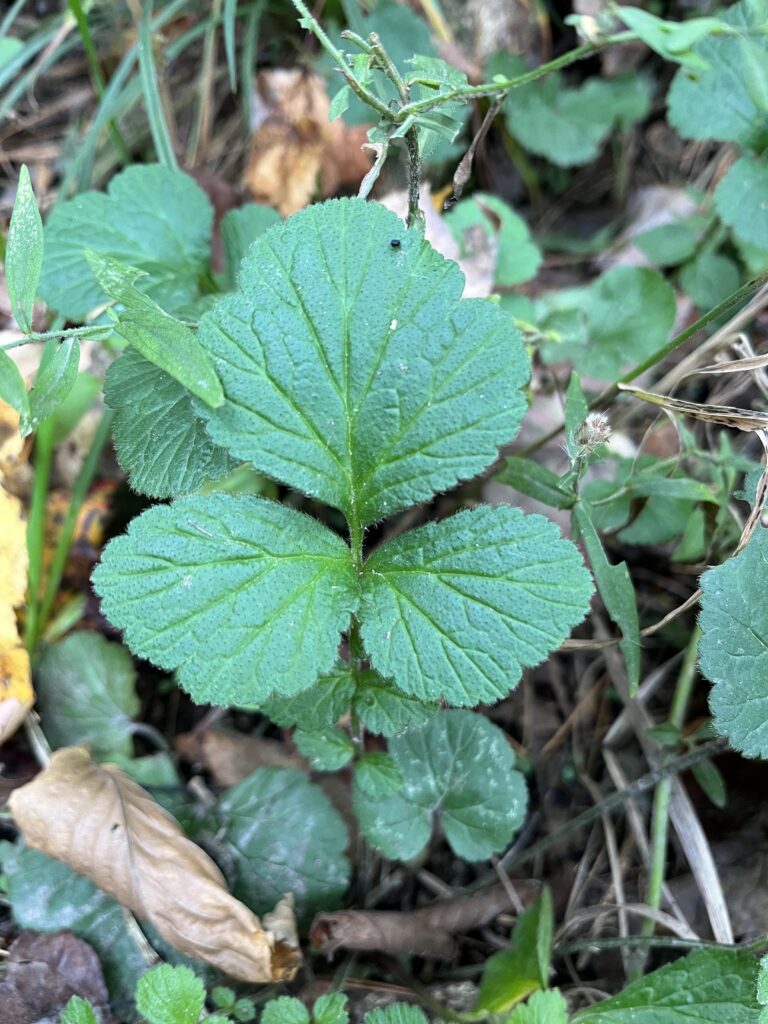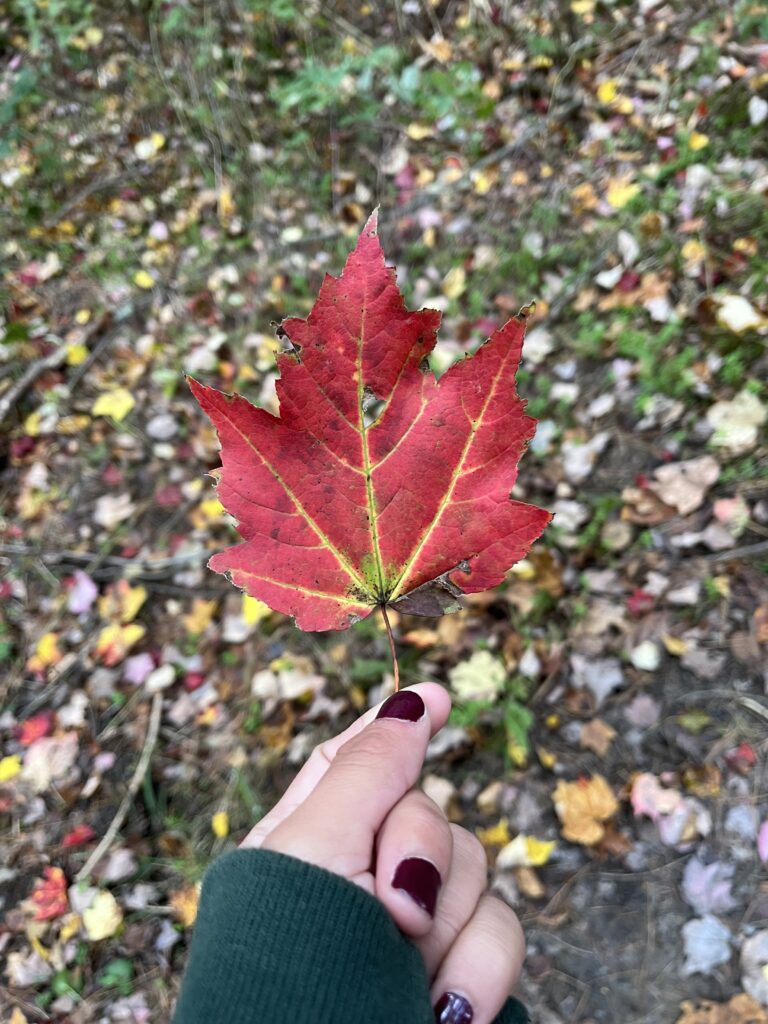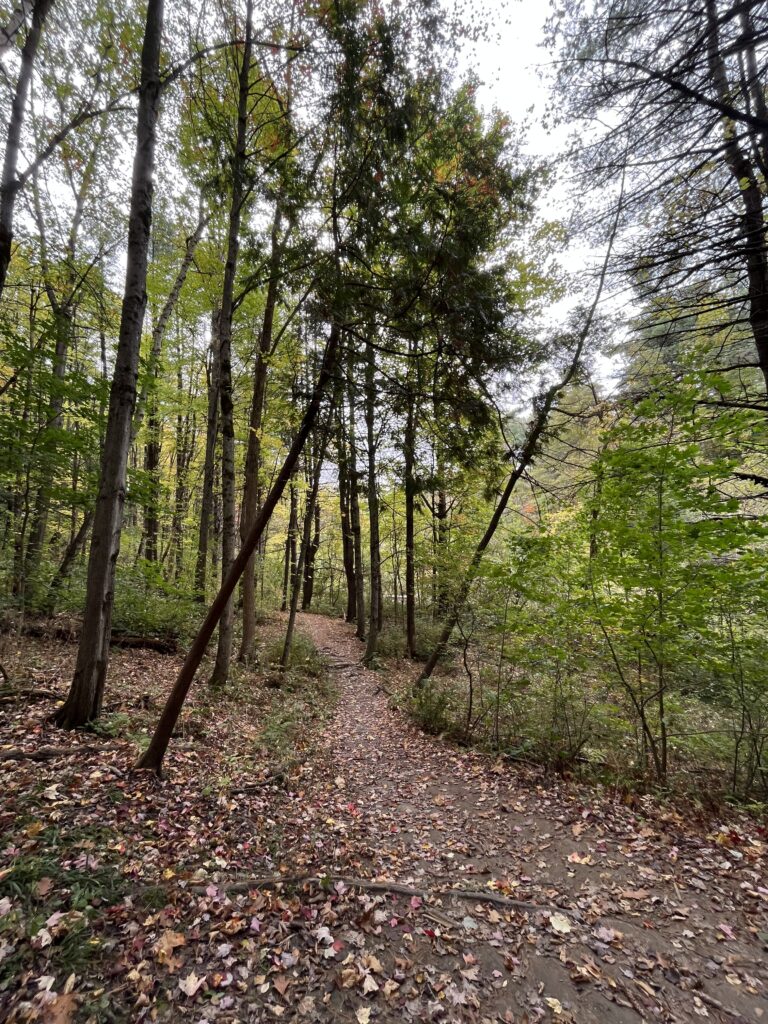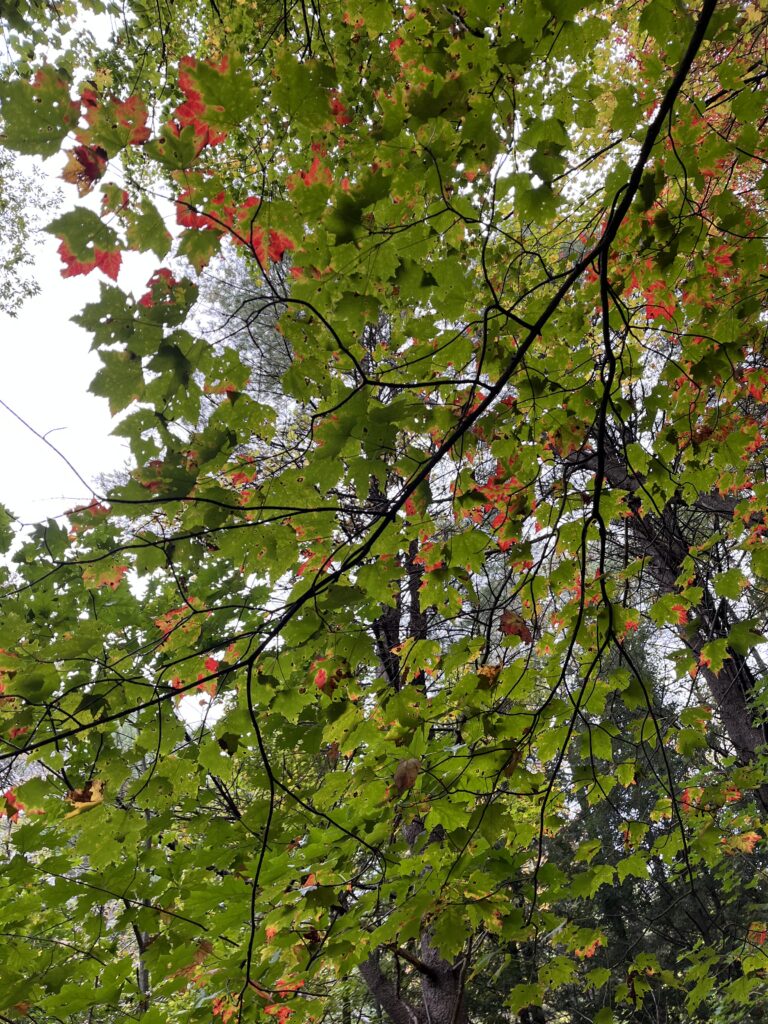I have been visiting the same site since the beginning of last semester and there have been some changes. I saw my site in the fall, winter, and in the spring and each season was very different. In the fall, everything was very green and the leaves on the tress were just changing colors from green to vibrant reds, oranges, and yellows. In the winter, the leaves had fallen off the trees and there was a layer of snow and iced covering the ground. Now, in the spring, plants are beginning to grow, buds are sprouting, and the wildlife is becoming more active.
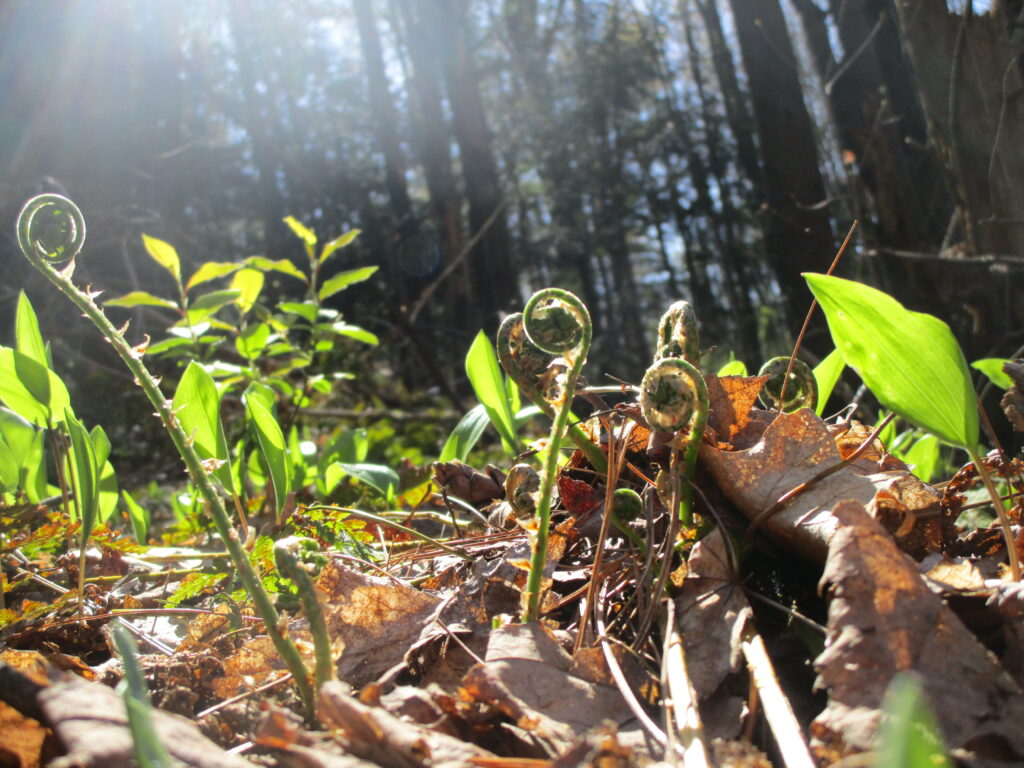
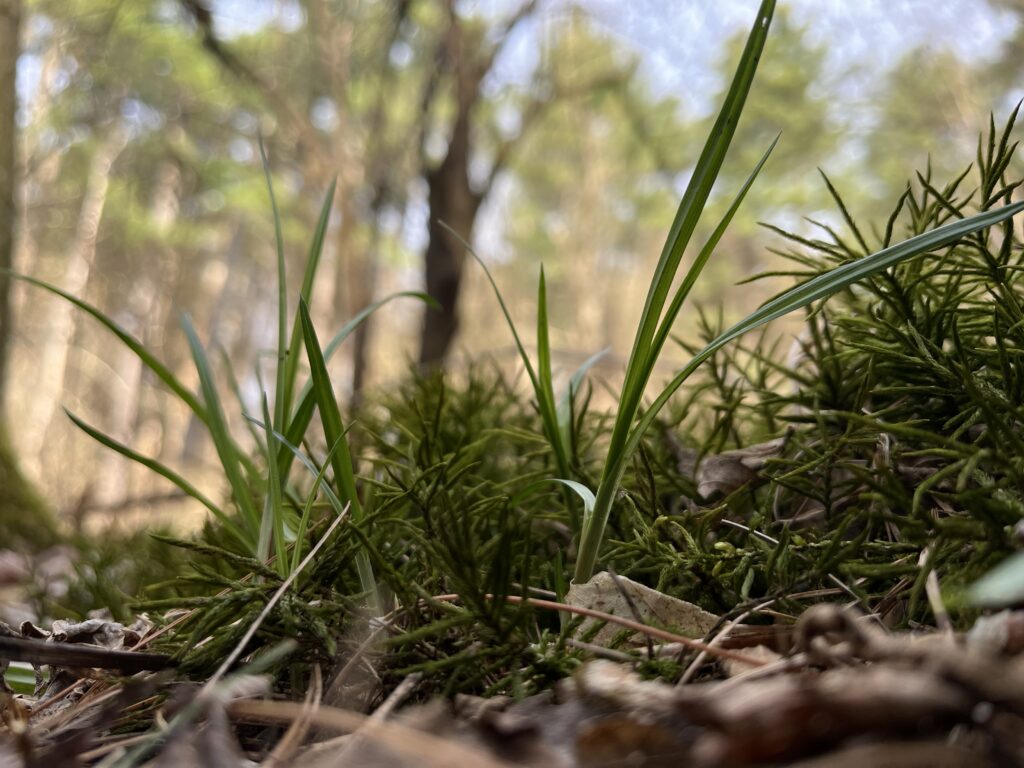
During my last visit I noticed there was a lot more bird activity than there was in the fall and winter. I saw many birds but the main few I saw were the tufted titmouse, downy woodpecker, and northern cardinal. Other then birds, I also saw many eastern grey squirrels foraging for food. While I was walking past the stream I saw small schools of fish that included eastern blacknose dace and creek chub.
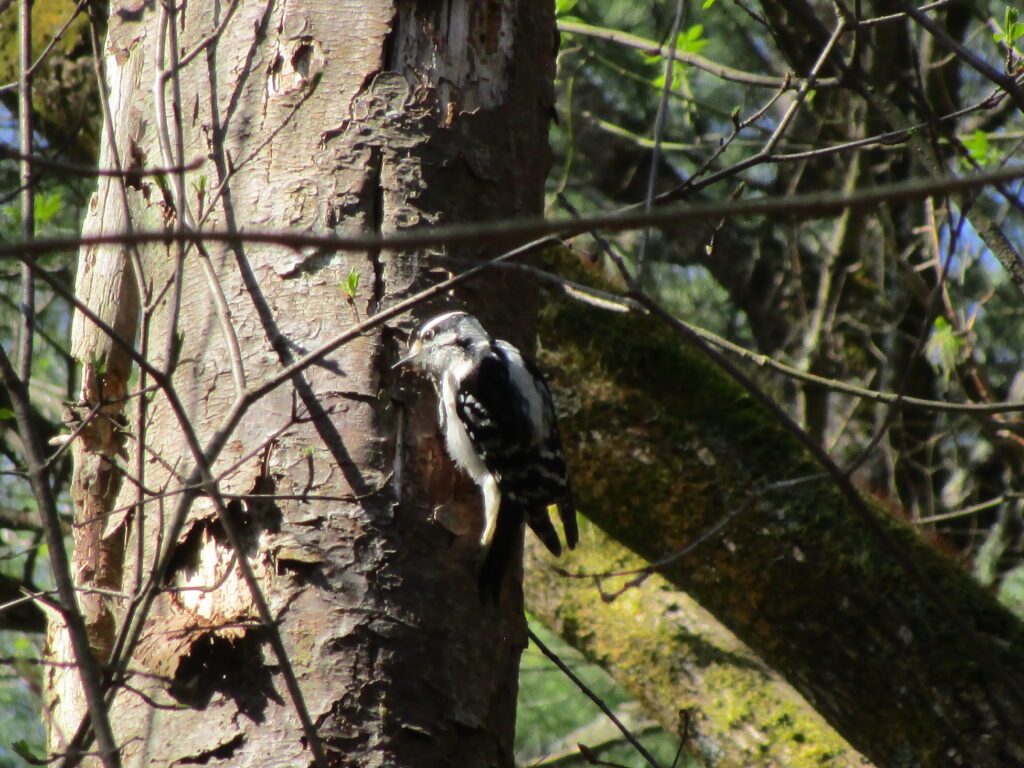
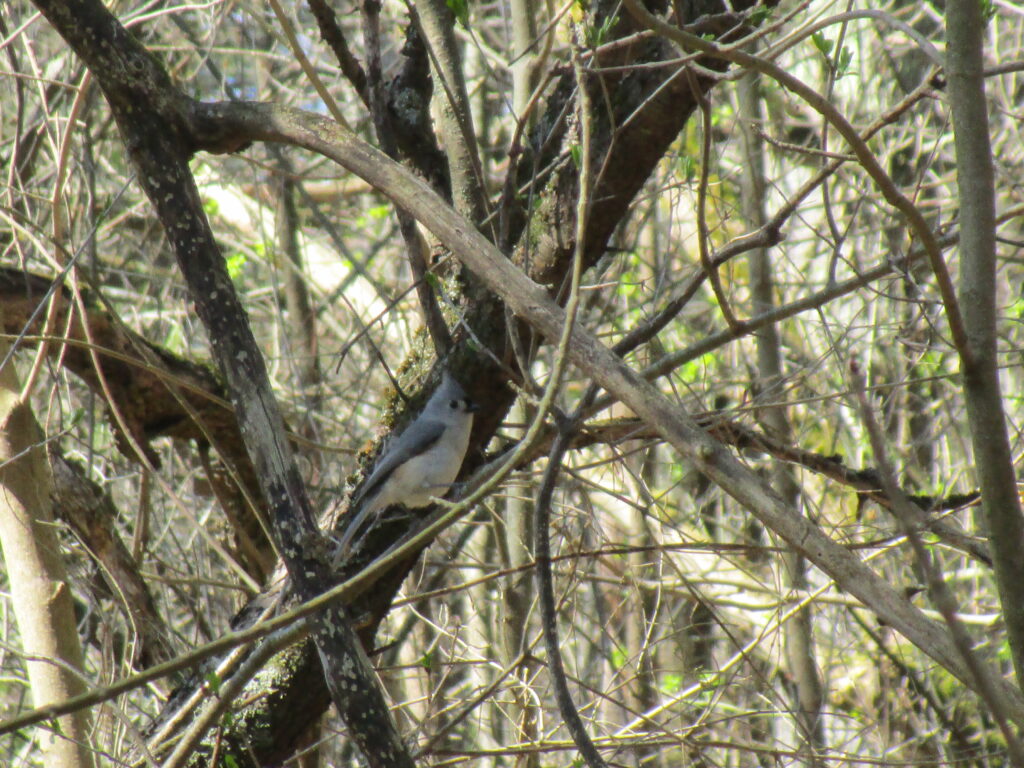

The major landmarks at my site that I have become familiar with are the Norway maple and the barberry. Whenever I visit my site I always check both of those to see any changes as when winter stated to approach and progress, the Norway maple was one of the only trees in my site that kept some leaves hanging and the barberry was one of the first plants to loose all of its leaves and there was one berry on the barberry that hung on during the time I have been visiting this site. A minor landmark I’ve become familiar with was a fallen log by the Norway maple as I noticed animals using it for food or crossing and plants using it as a base for growth.

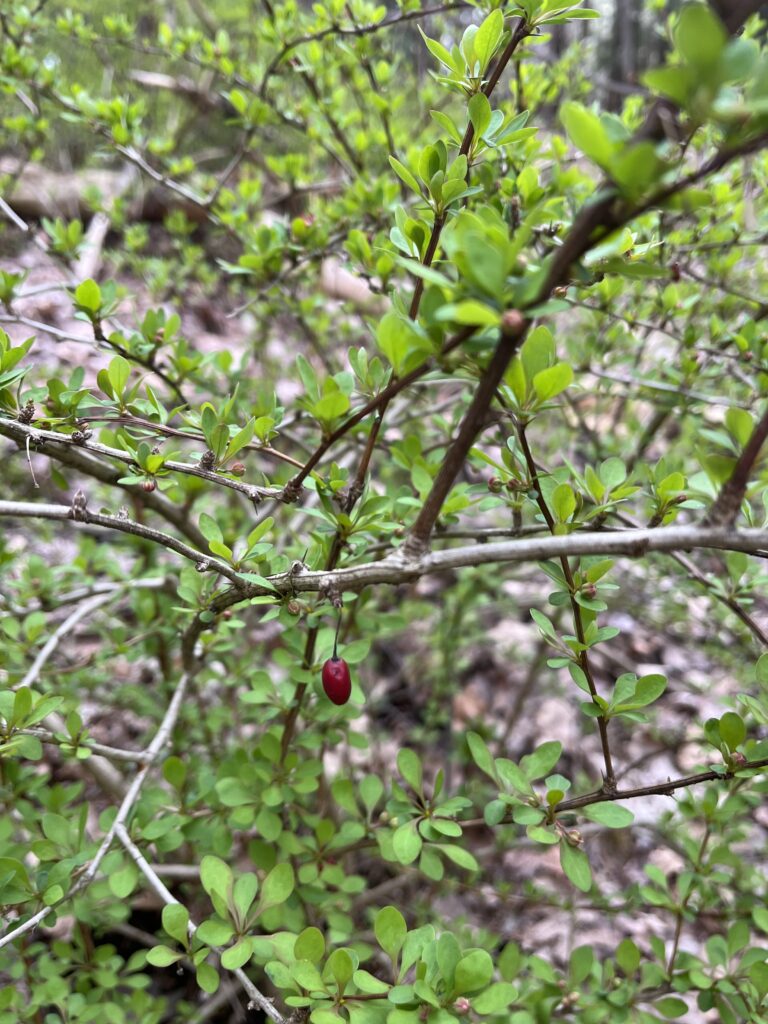
The land and culture at my site intertwine in multiple ways, one of them being recreational use. Centennial Woods as a whole is a place that many people utilize to go on hikes, runs, bird watching etc. which allows there to be a connection between nature and us as humans. At my spot specifically I feel that the land and culture intertwin though mostly bird watching as I have noticed many people stop for a while and look for the different birds. I also feel that land and culture intertwine through healing because I find that myself and many others come to nature to decompress and to find a peaceful area to relax and Centennial Woods is able to offer tranquility to people who visit.
I would consider myself a part of my place in Centennial Woods. I feel connected to the surrounding nature as I have honed in on observing and listening to changes throughout the seasons. This connection has grown over time and I have noticed small things such as where the squirrels tend to look for food or where the birds are often found at. Being able to watch this place grow and change has been an amazing experience in which I have been able to be a part of.
